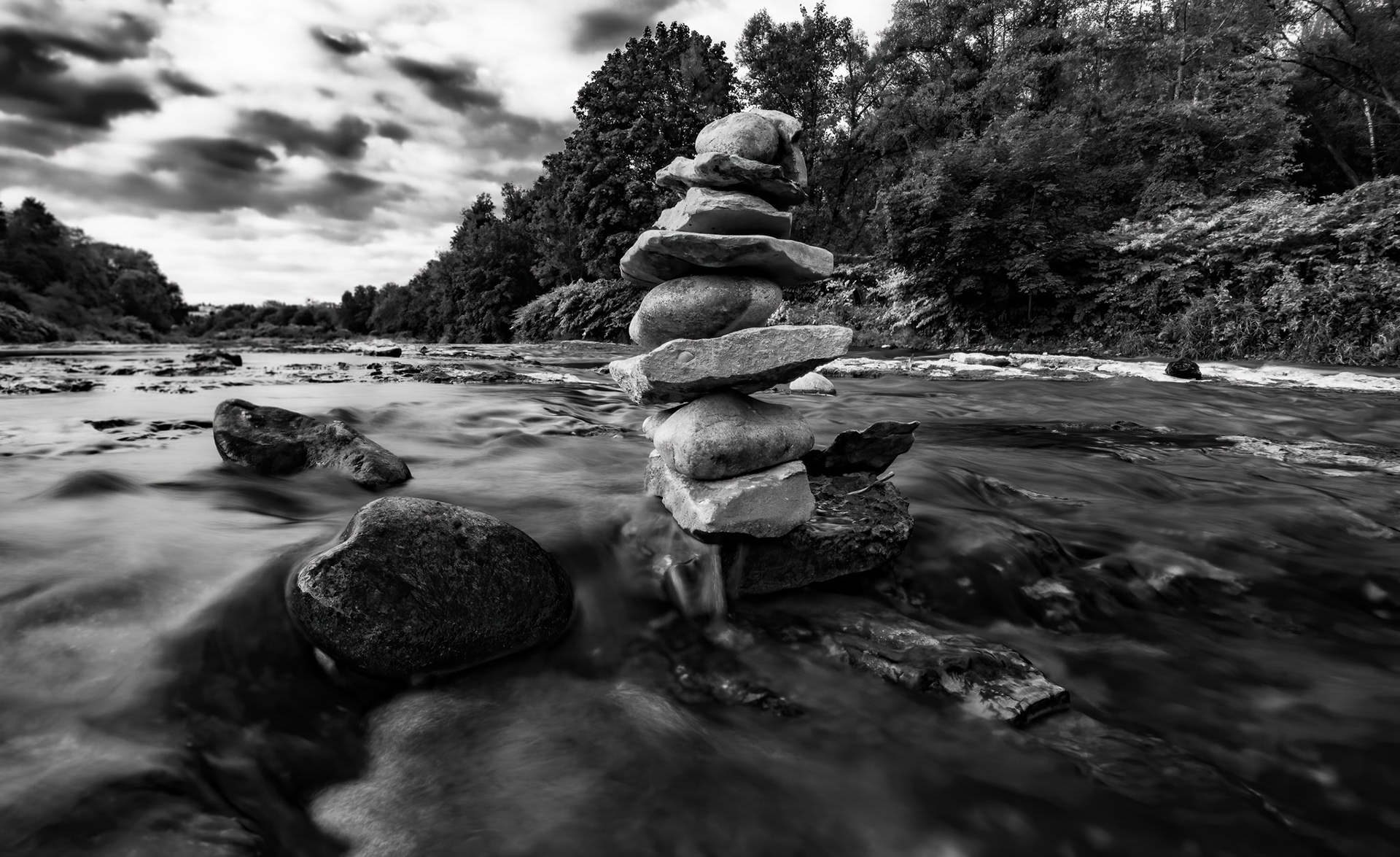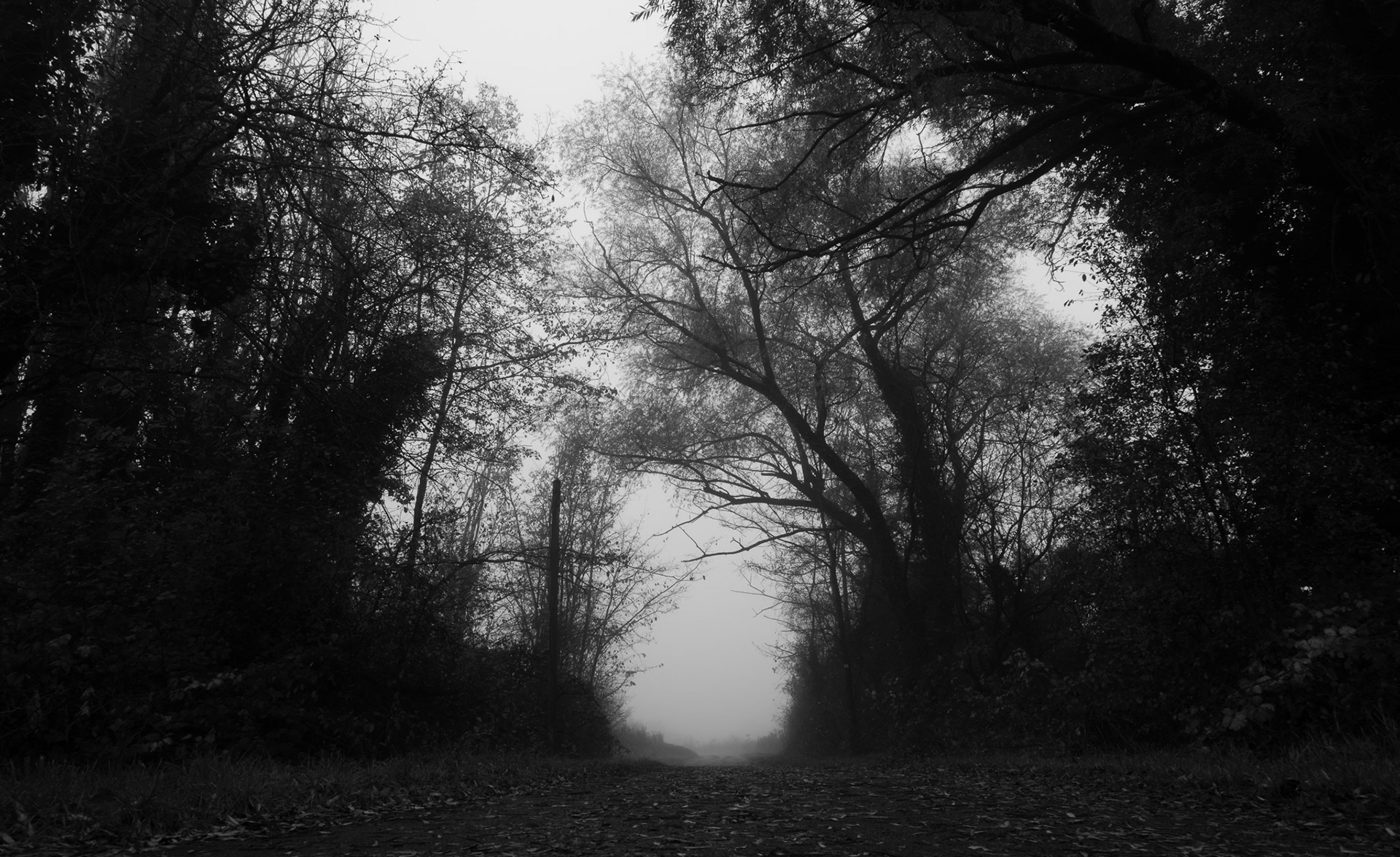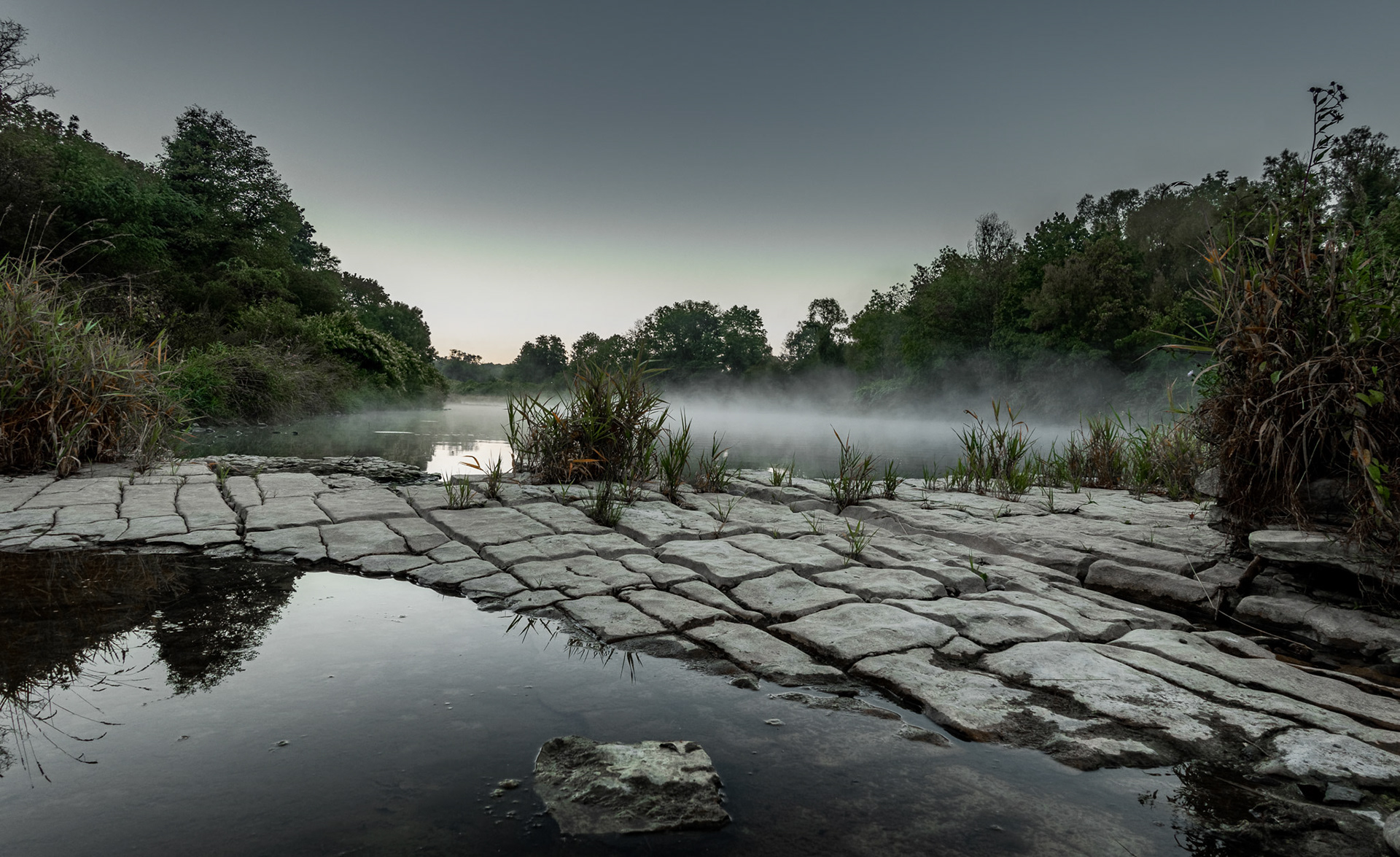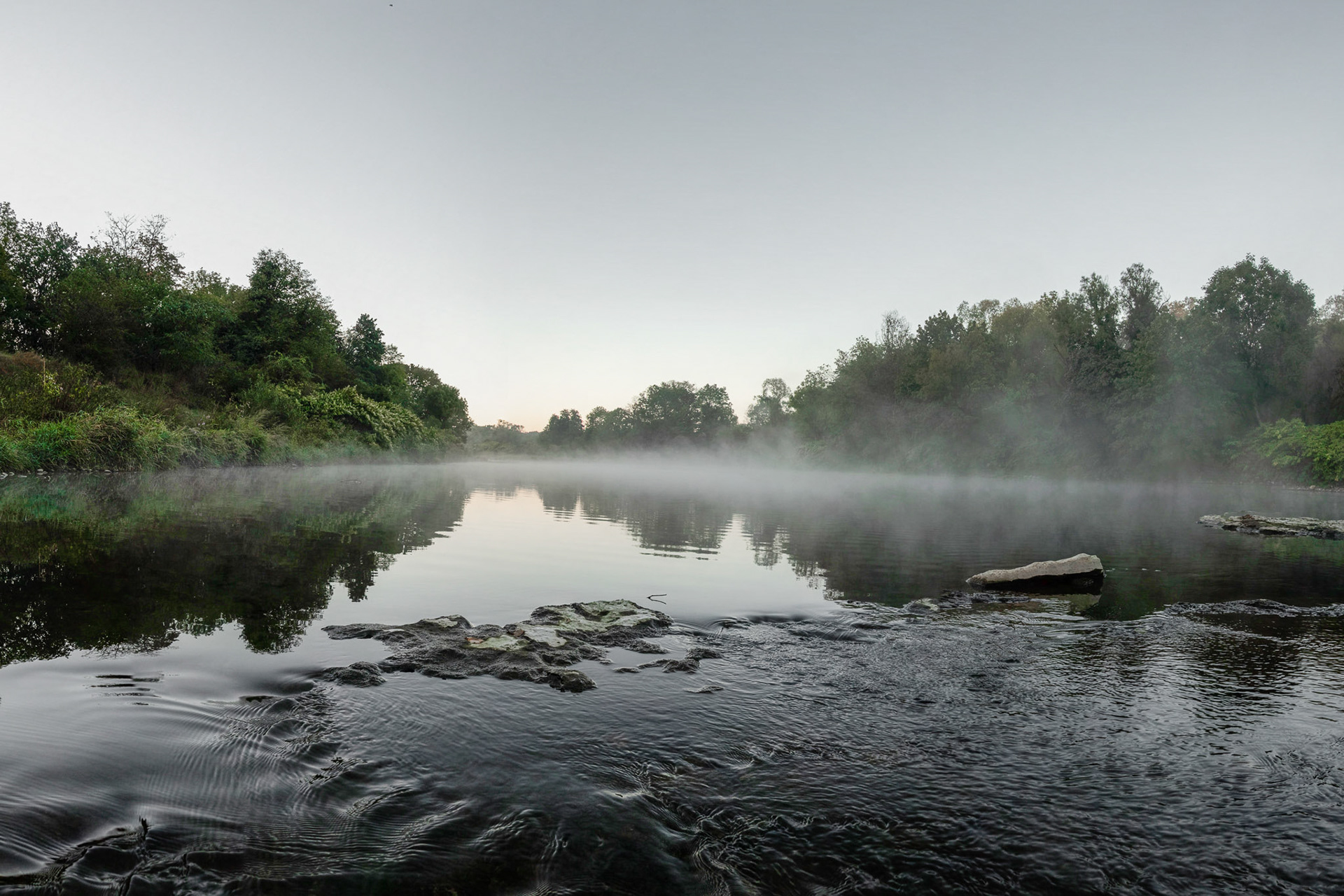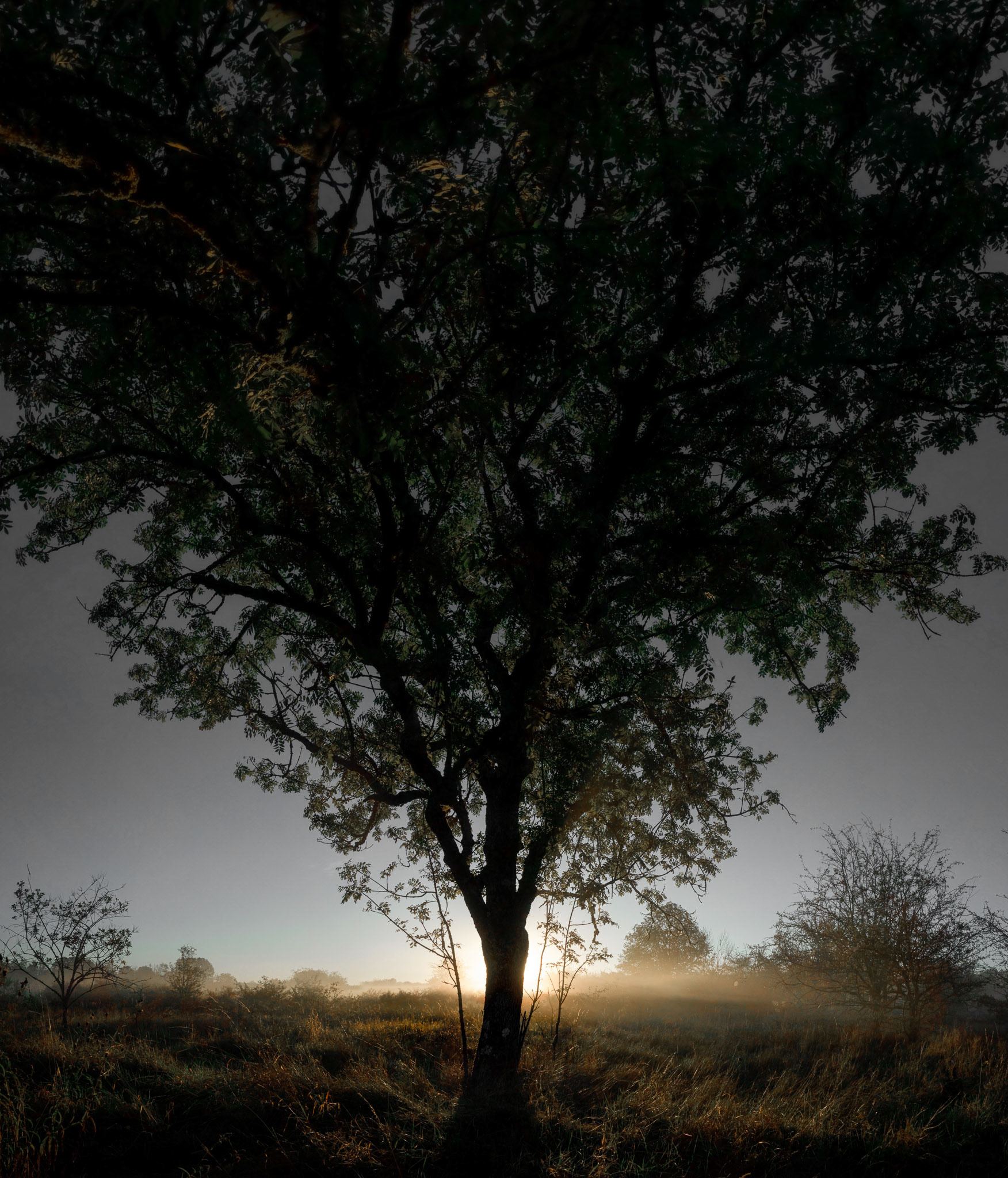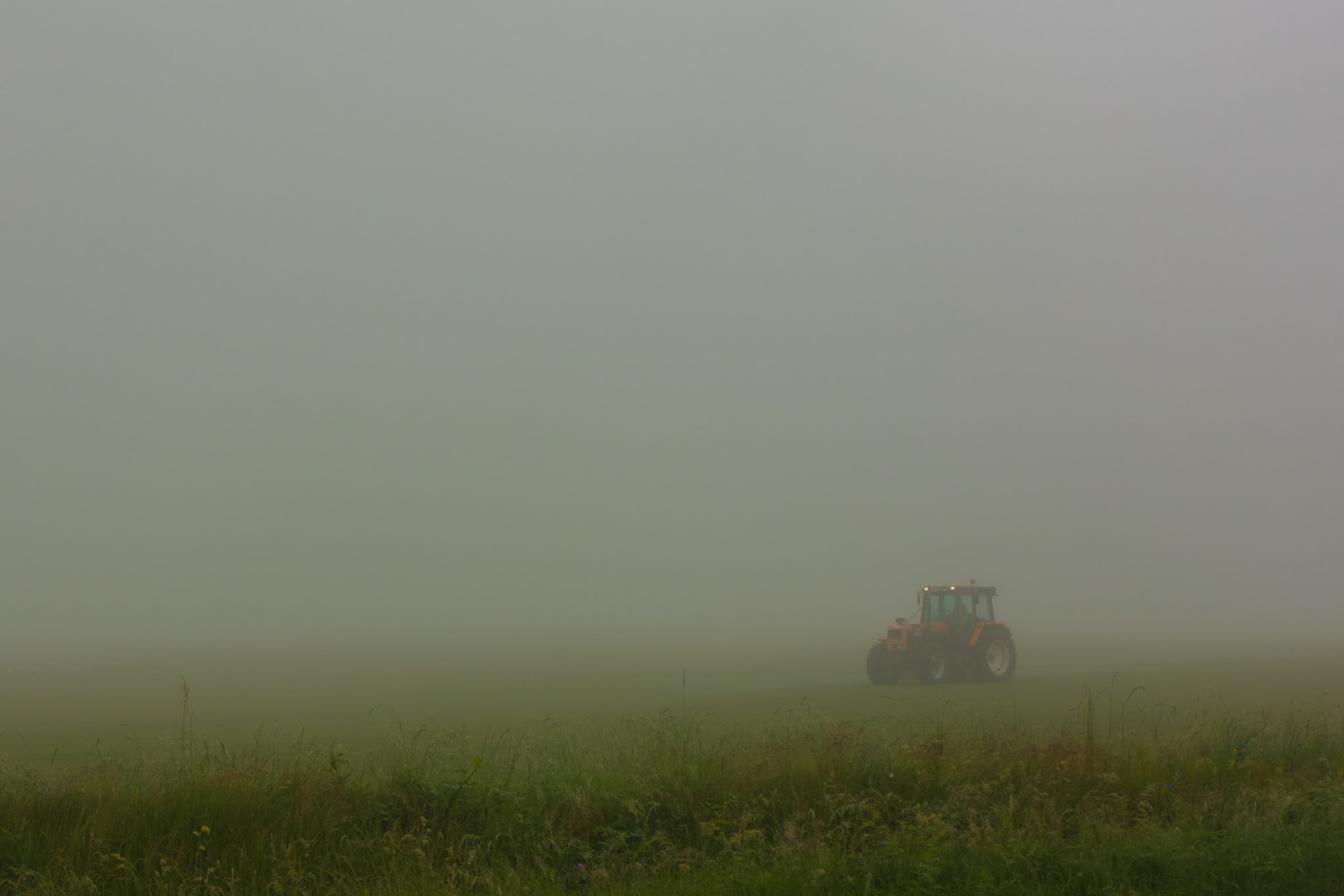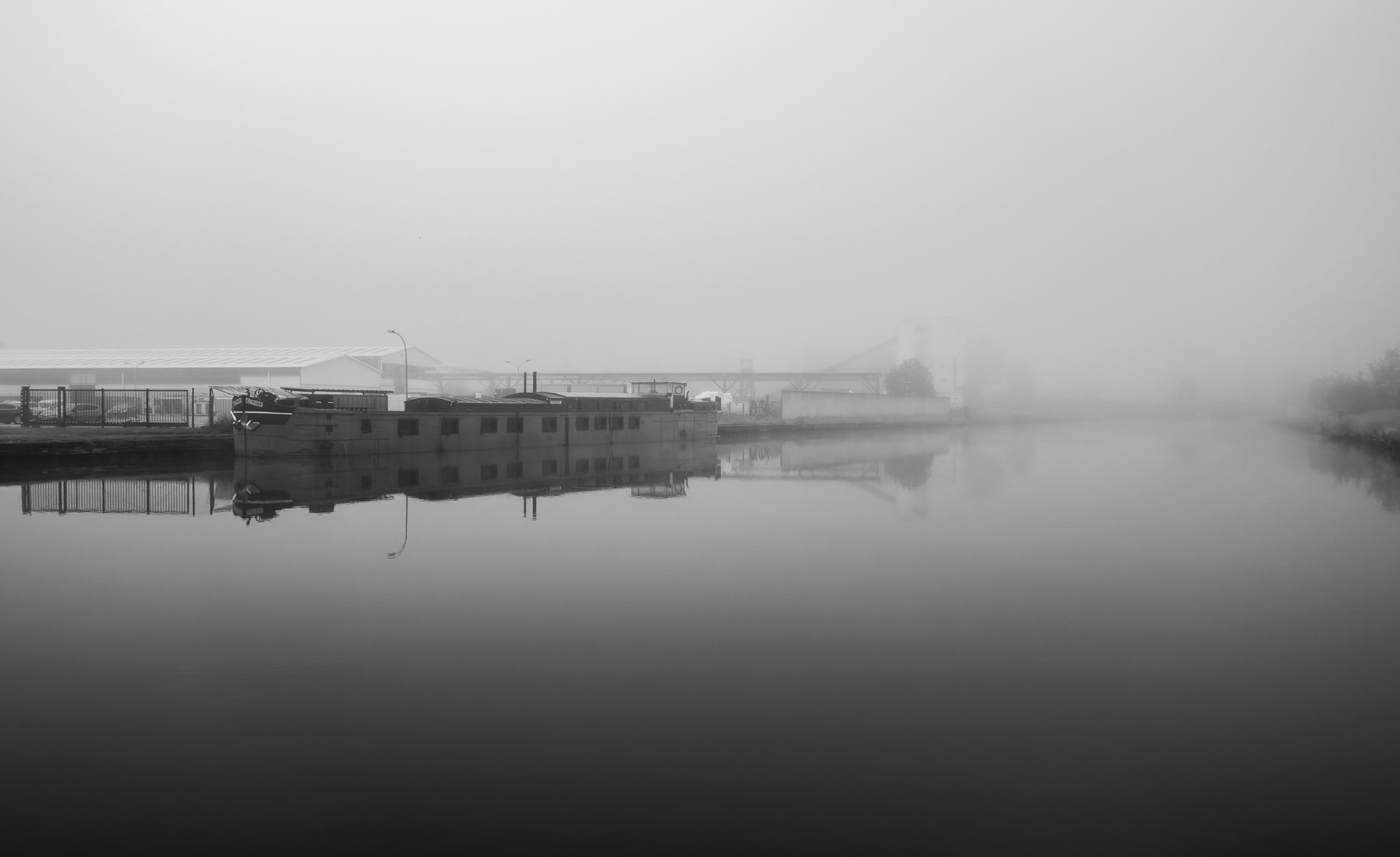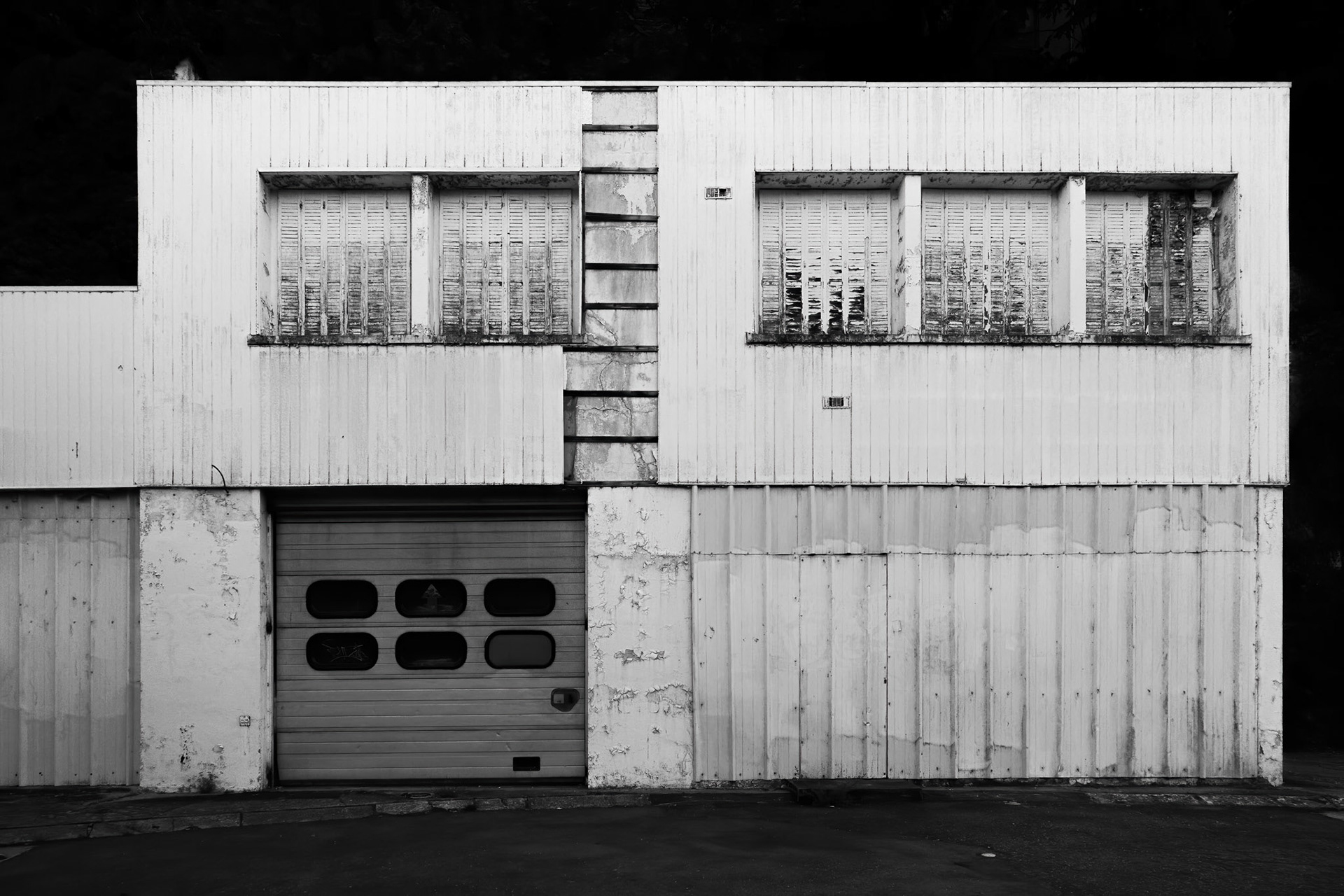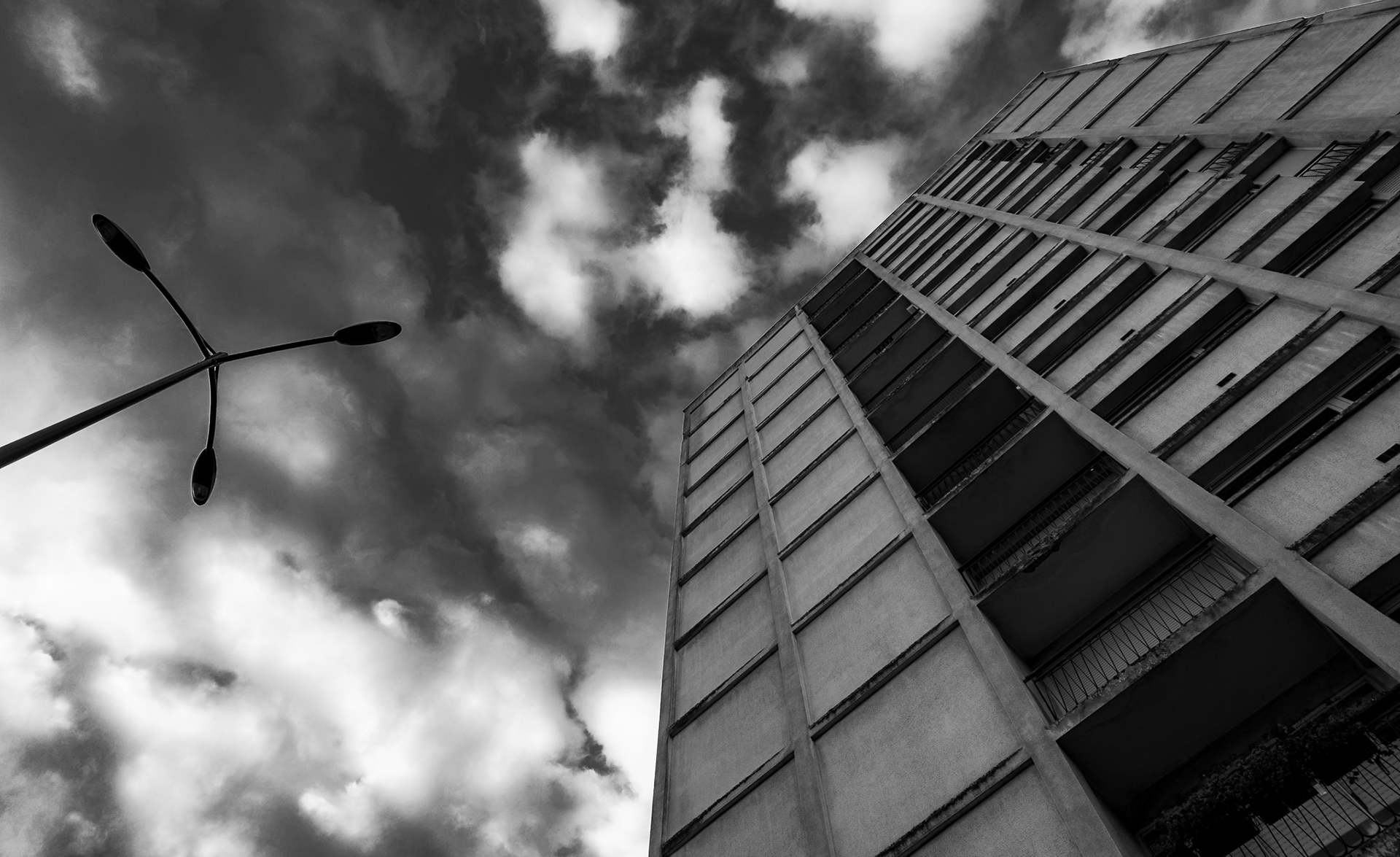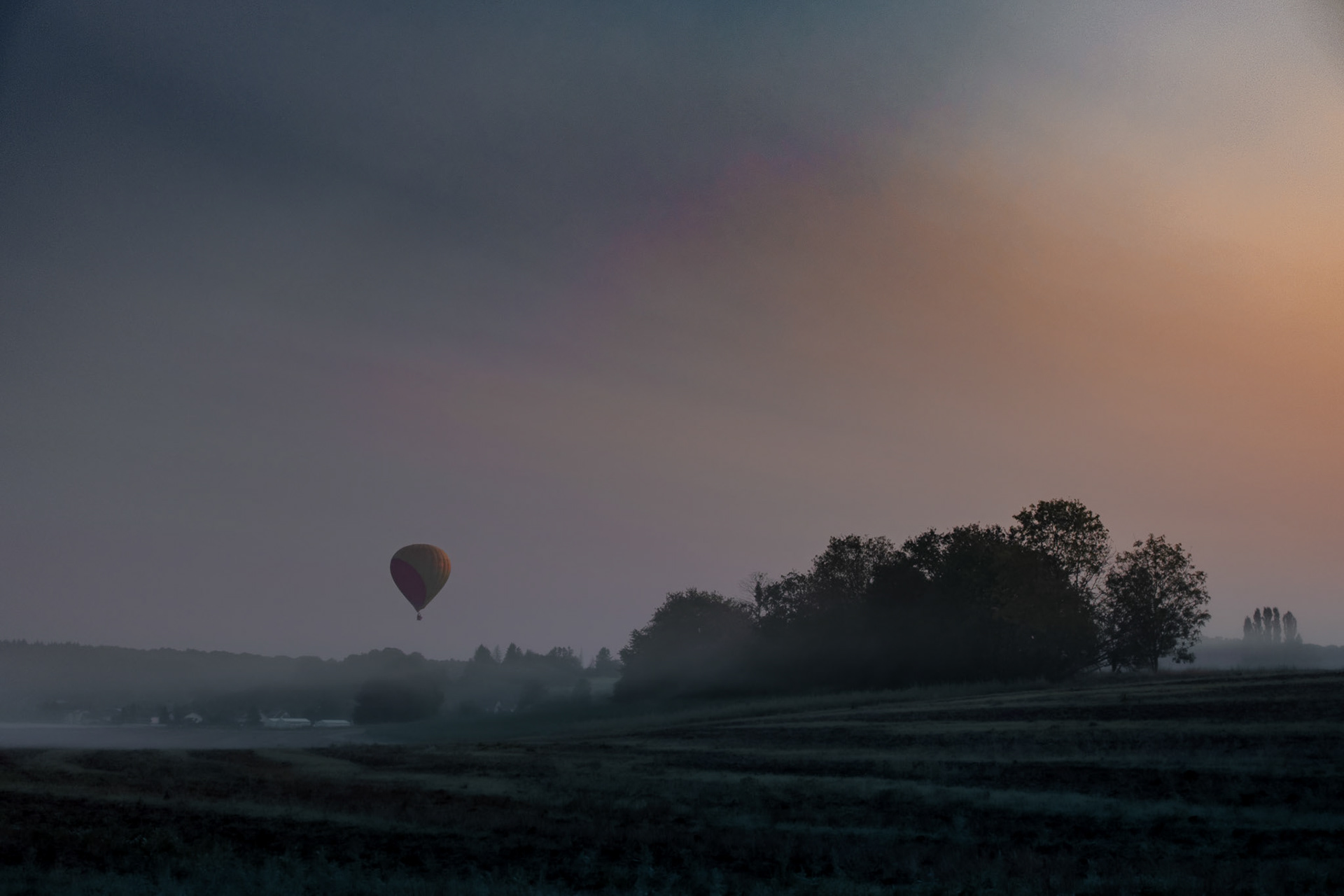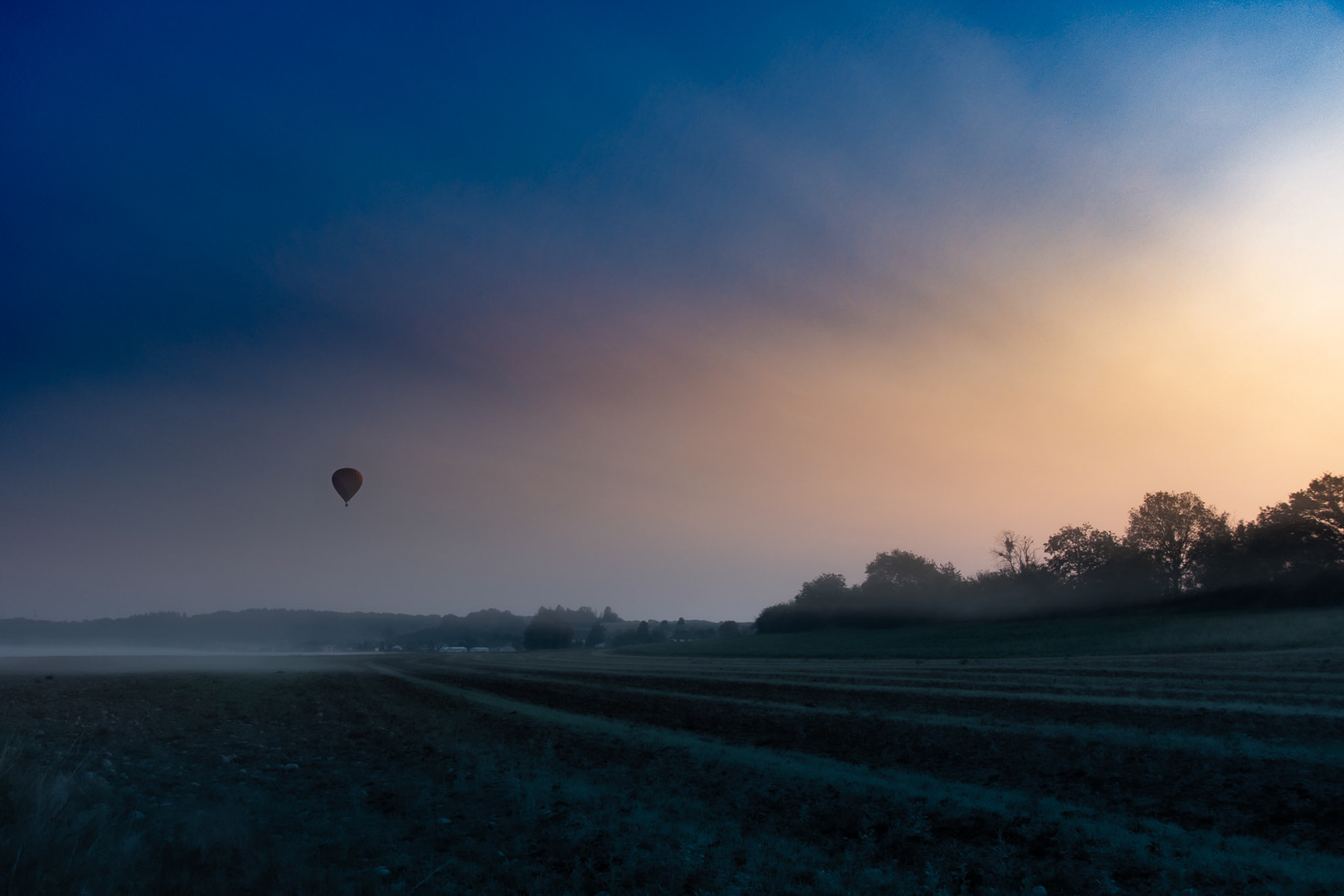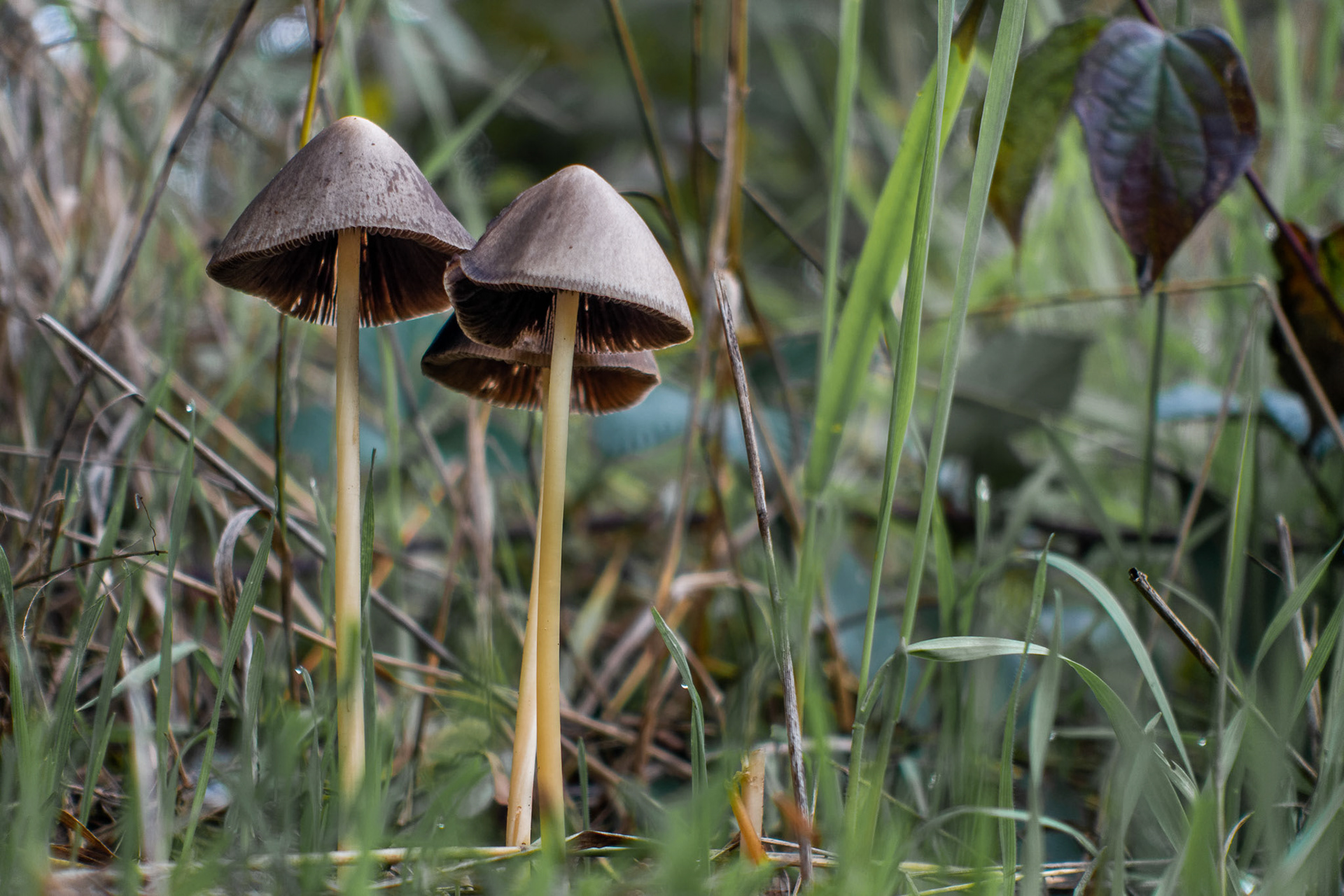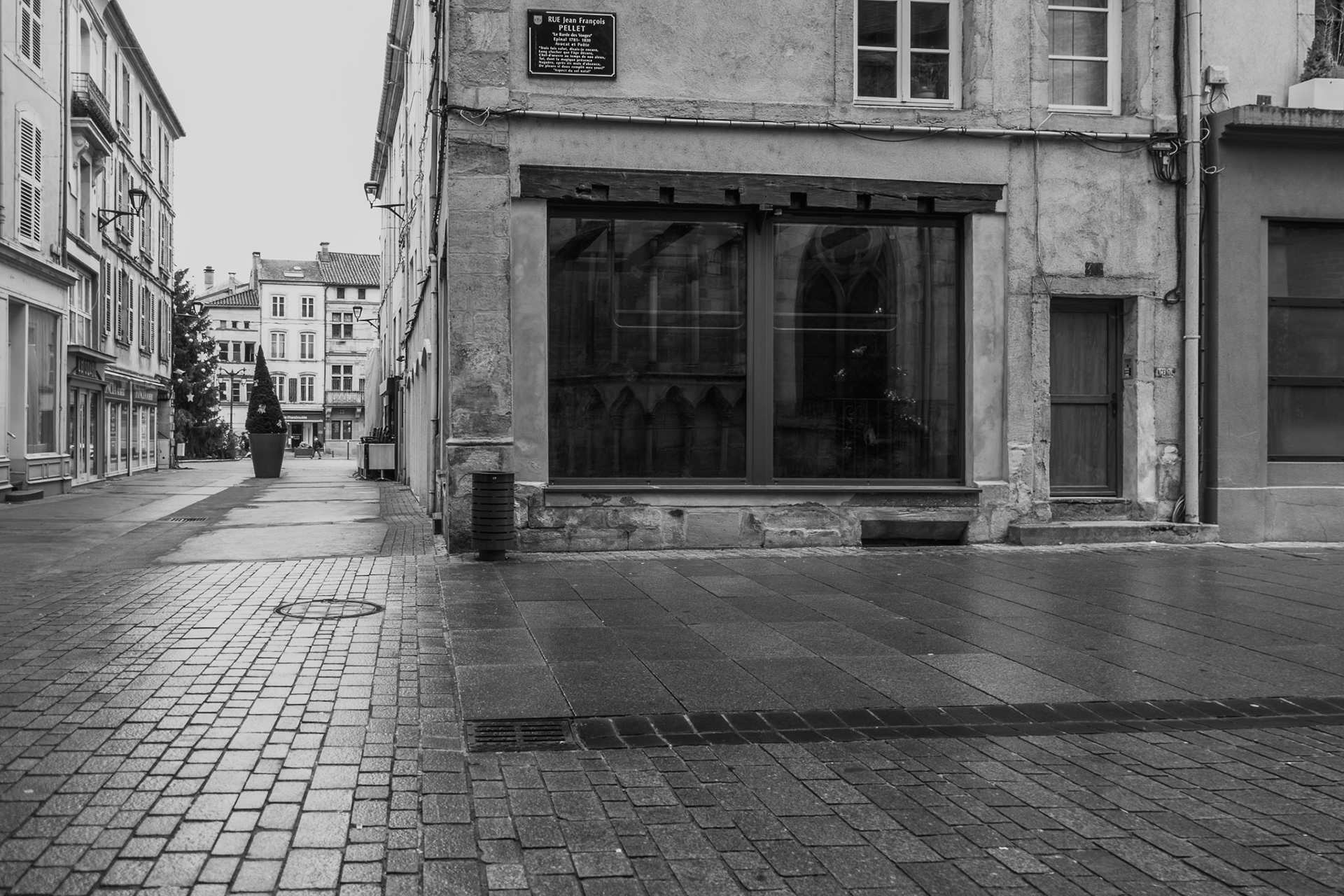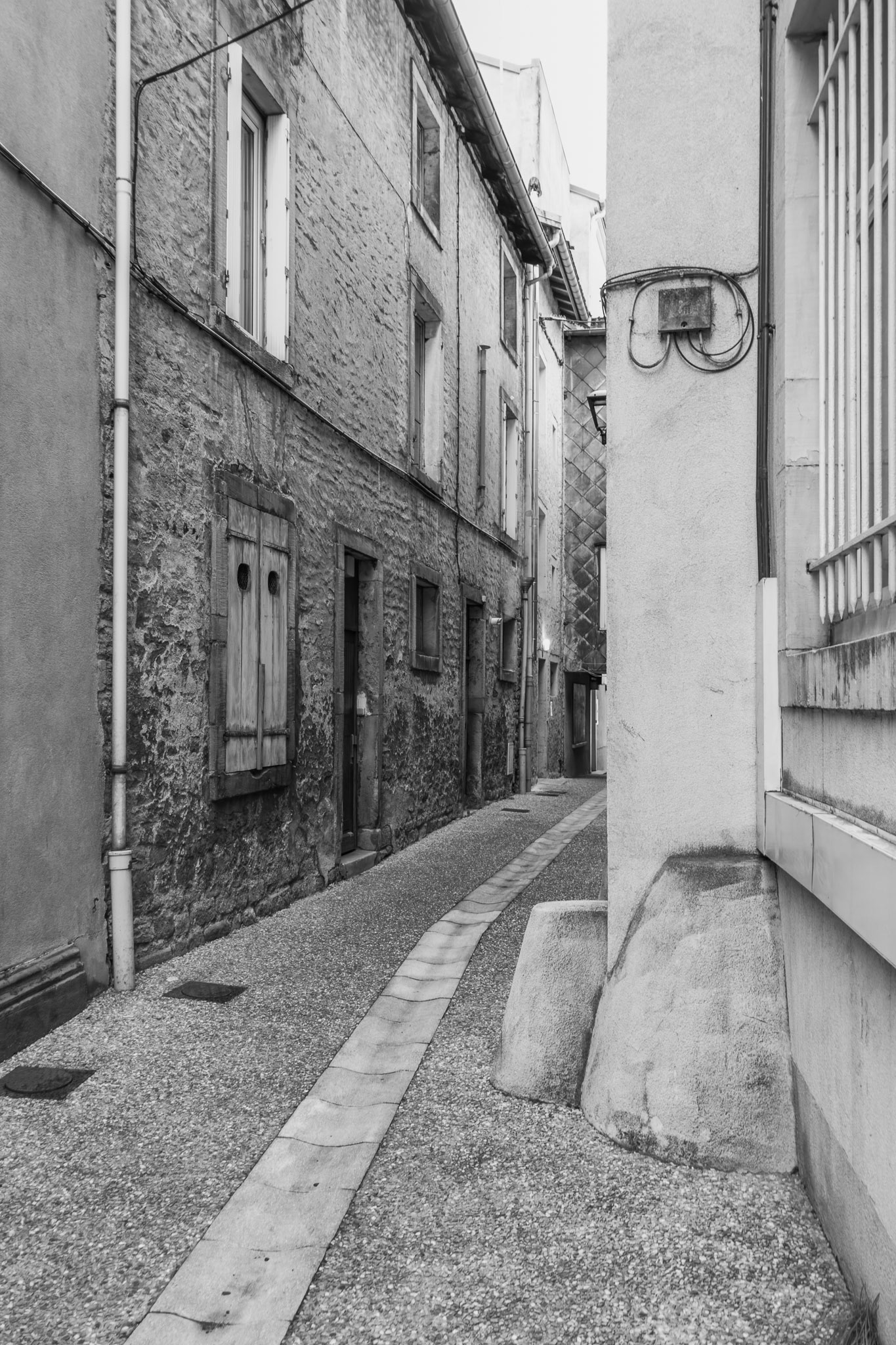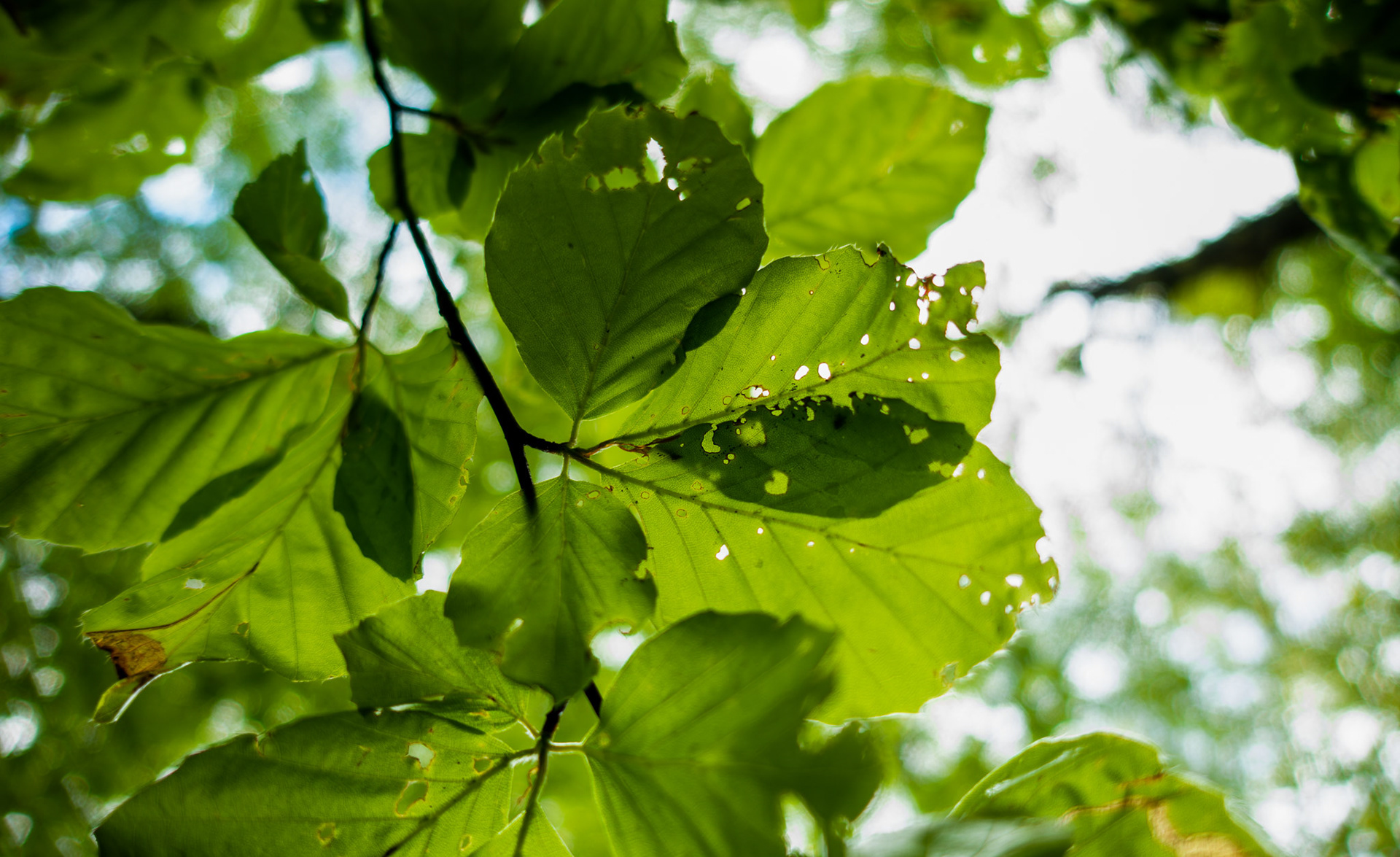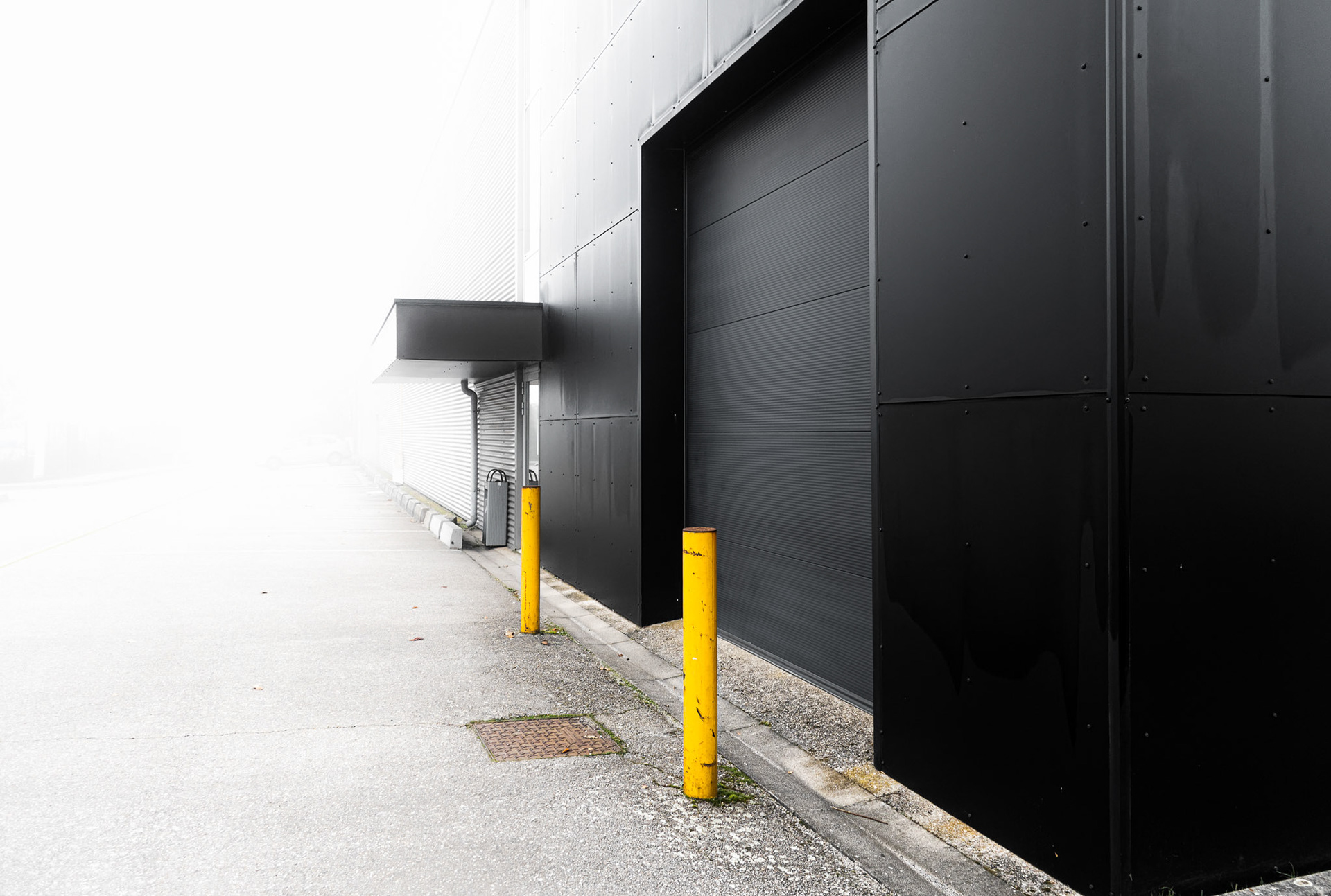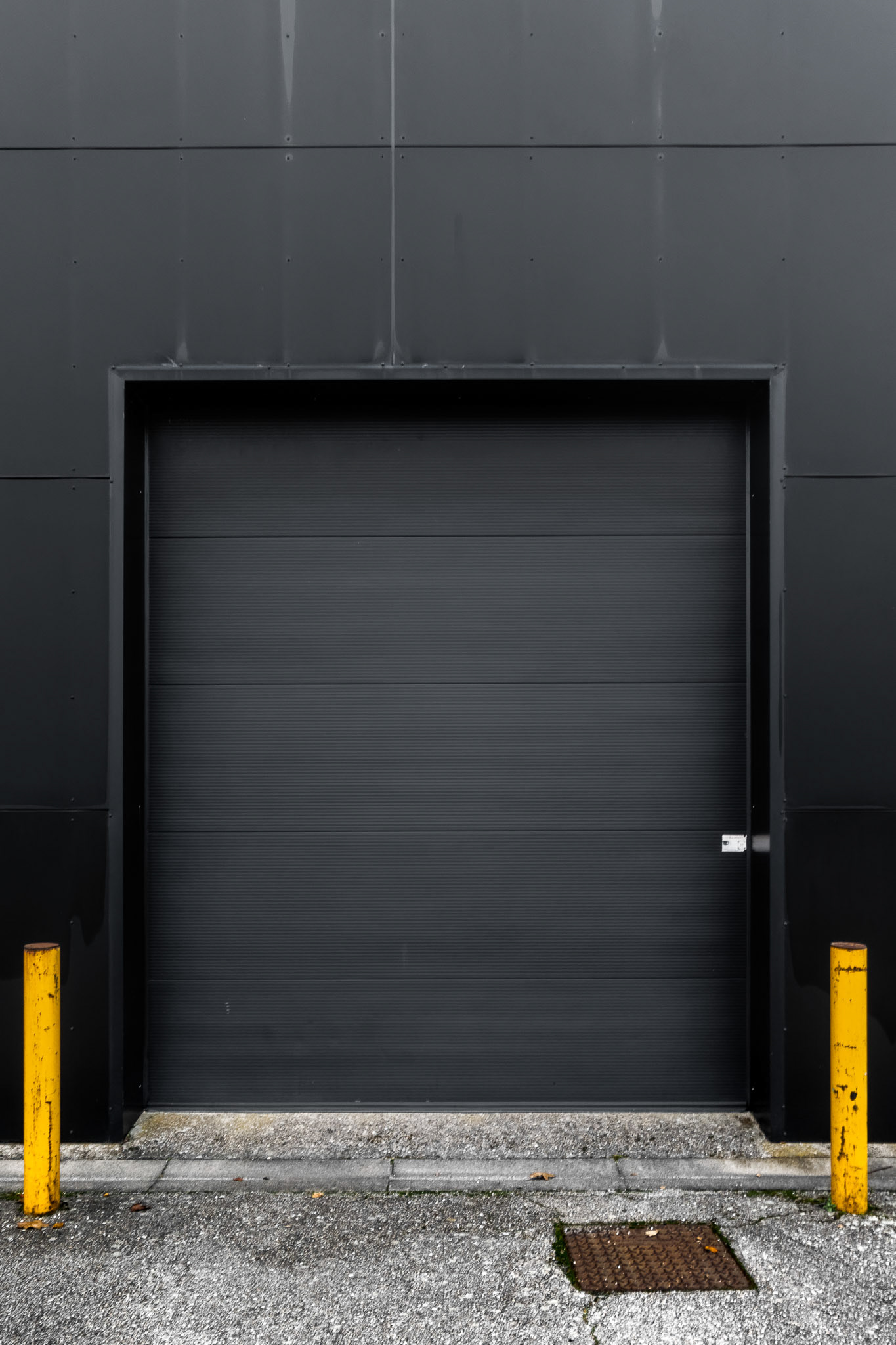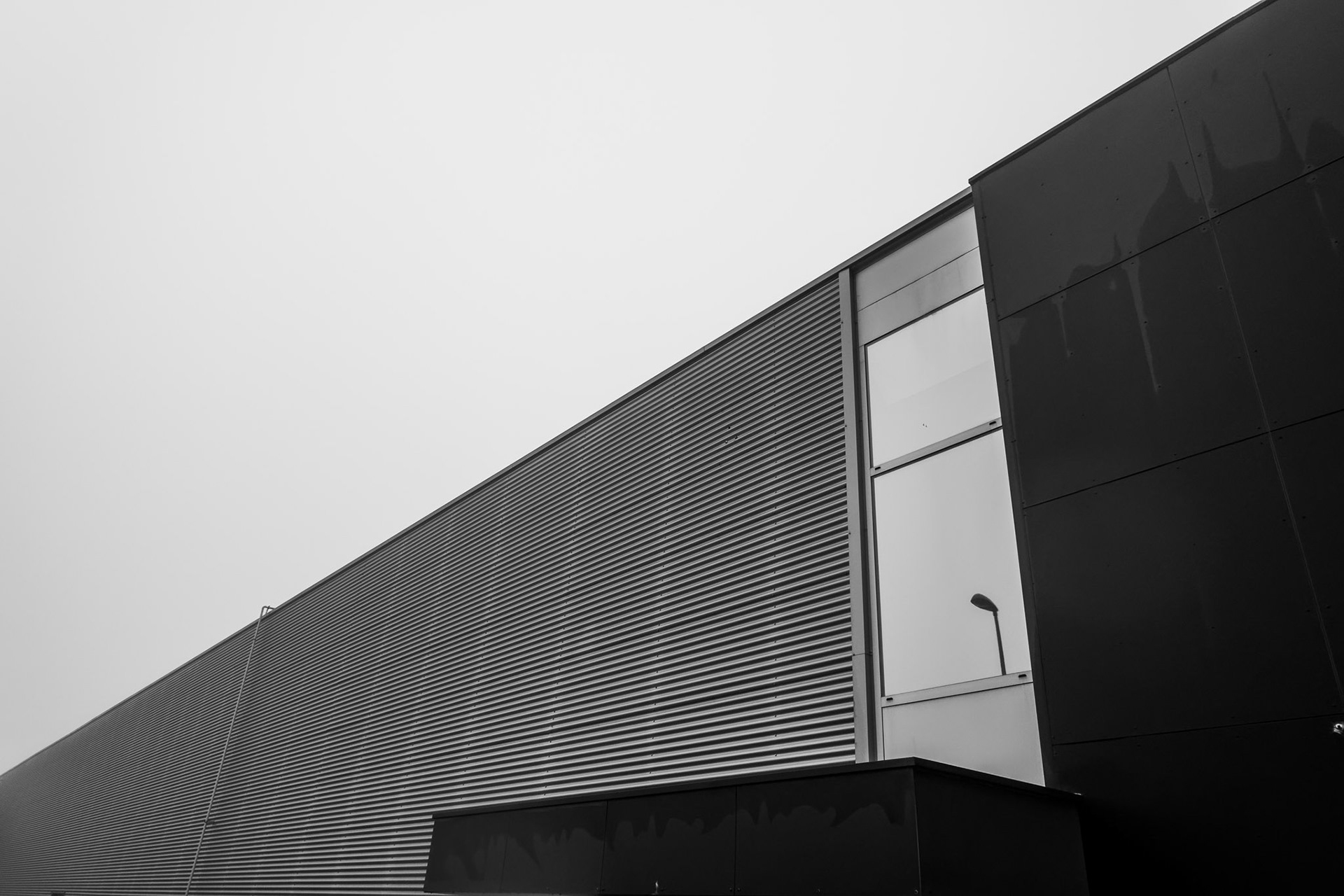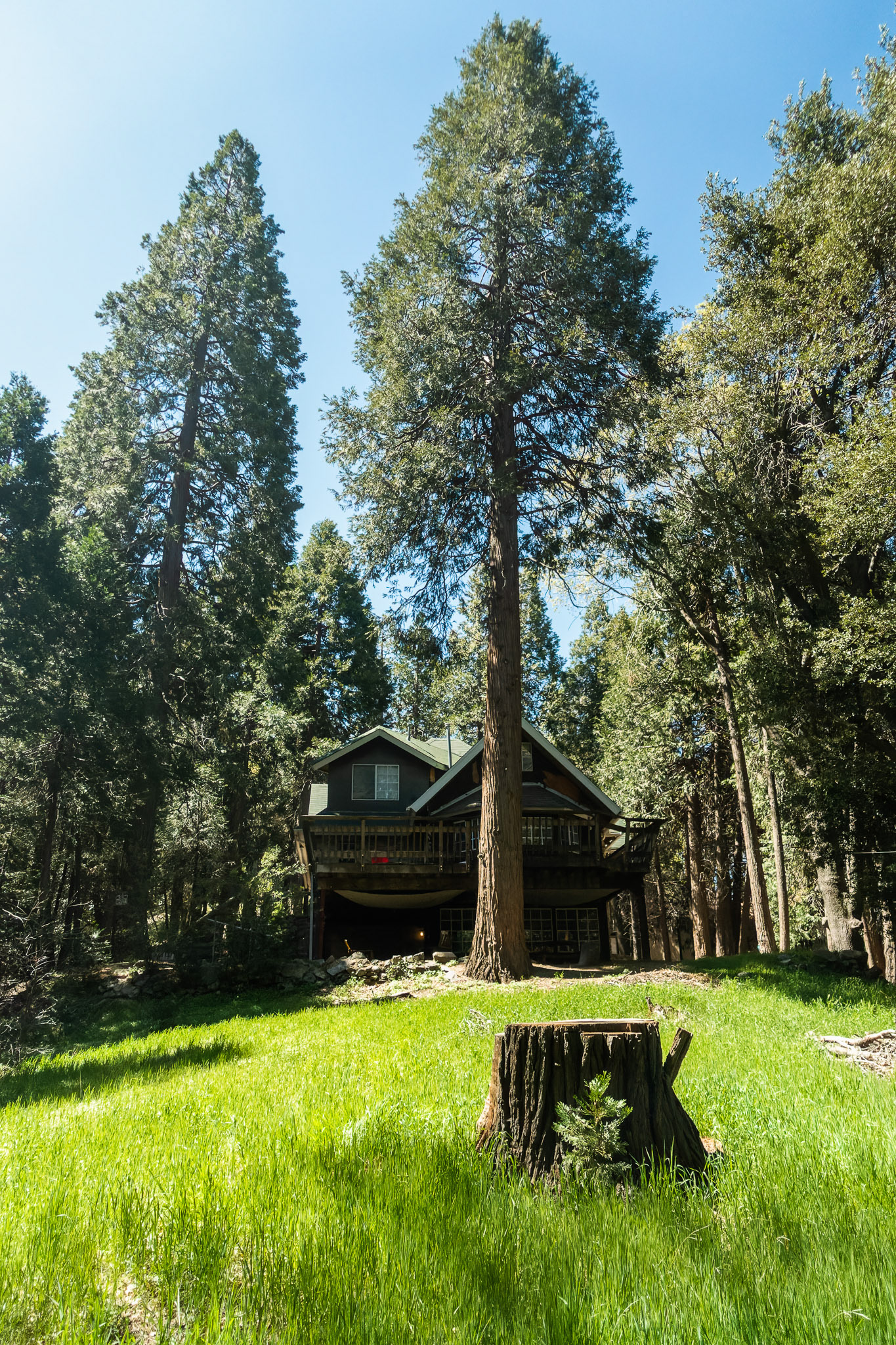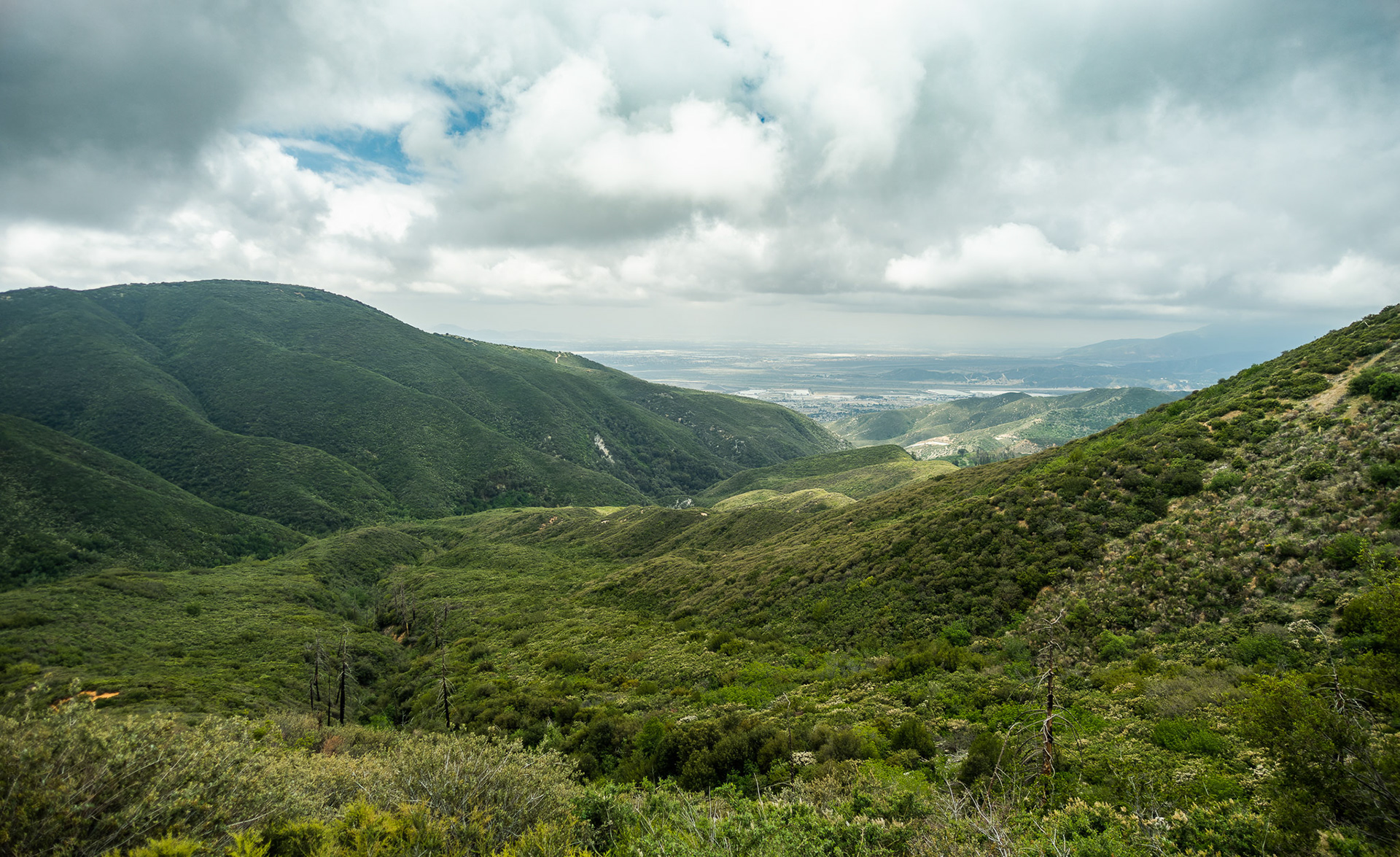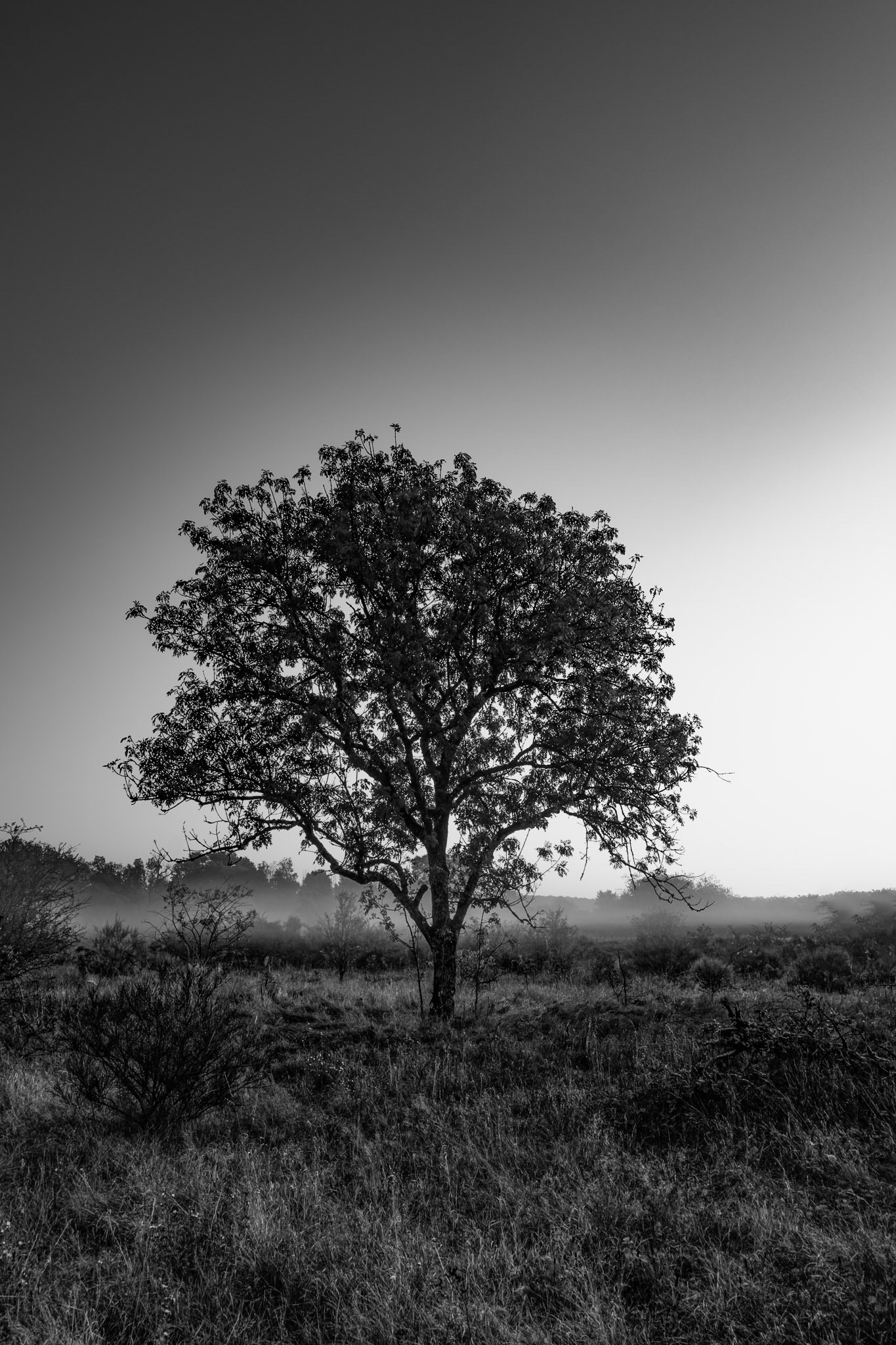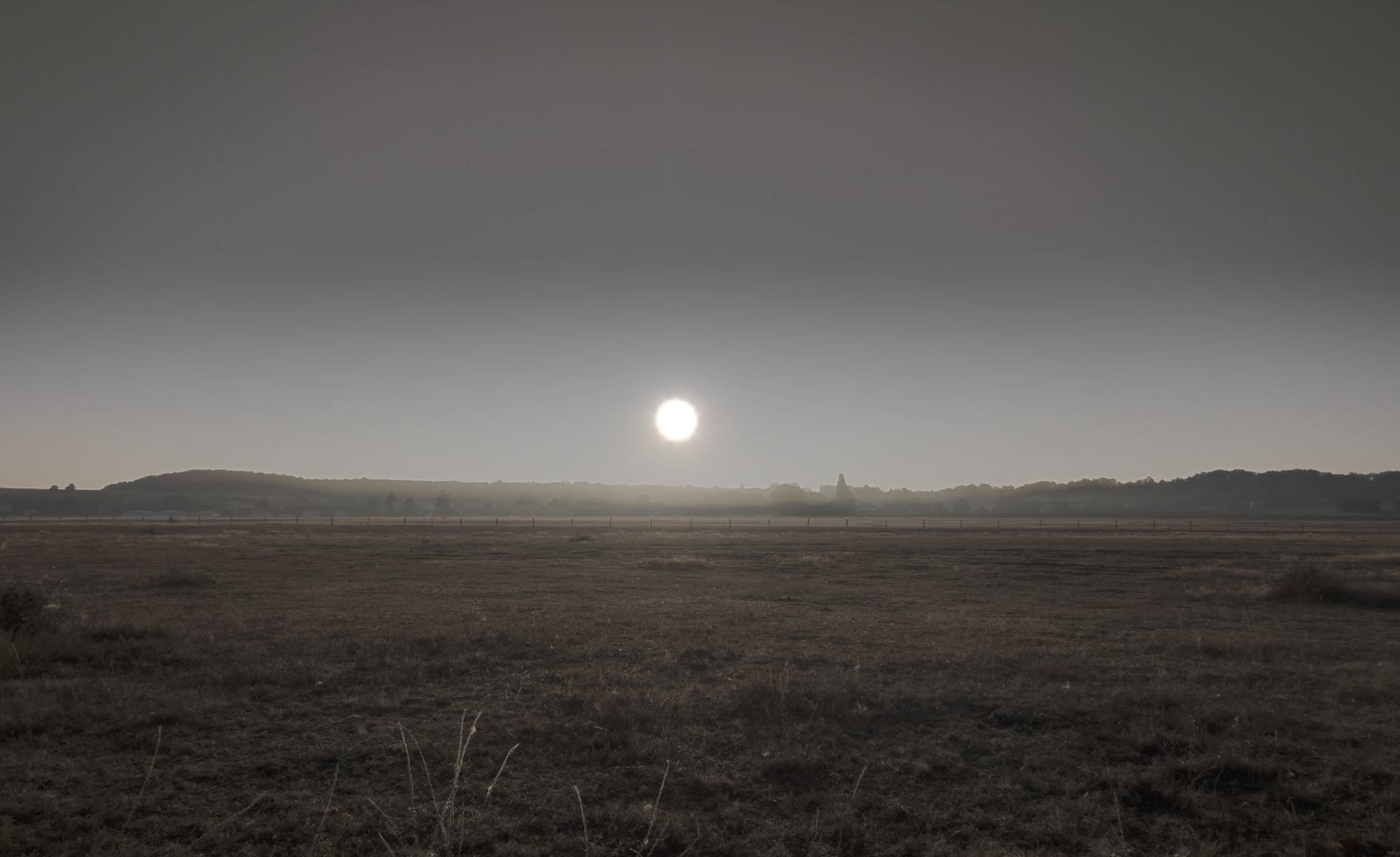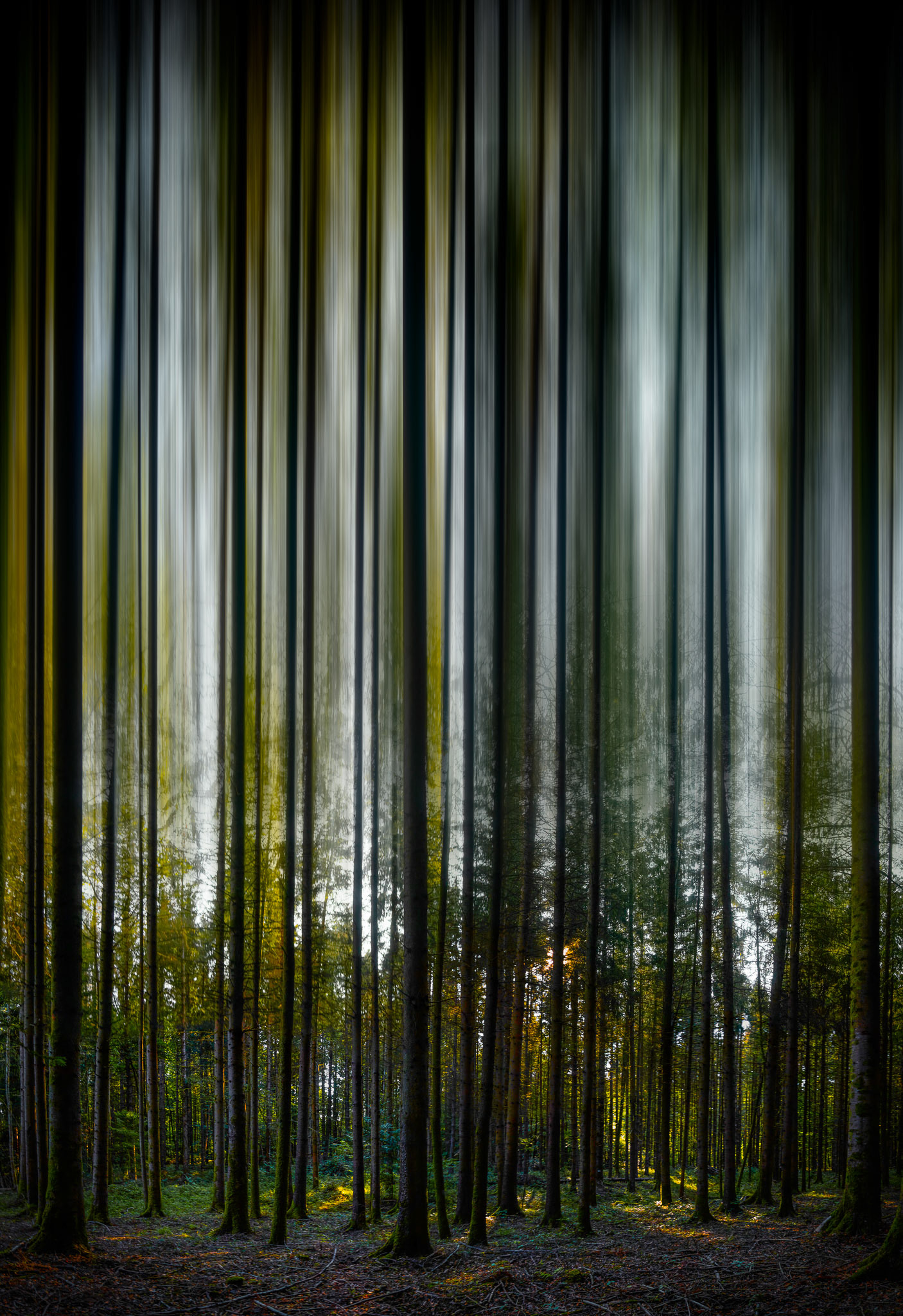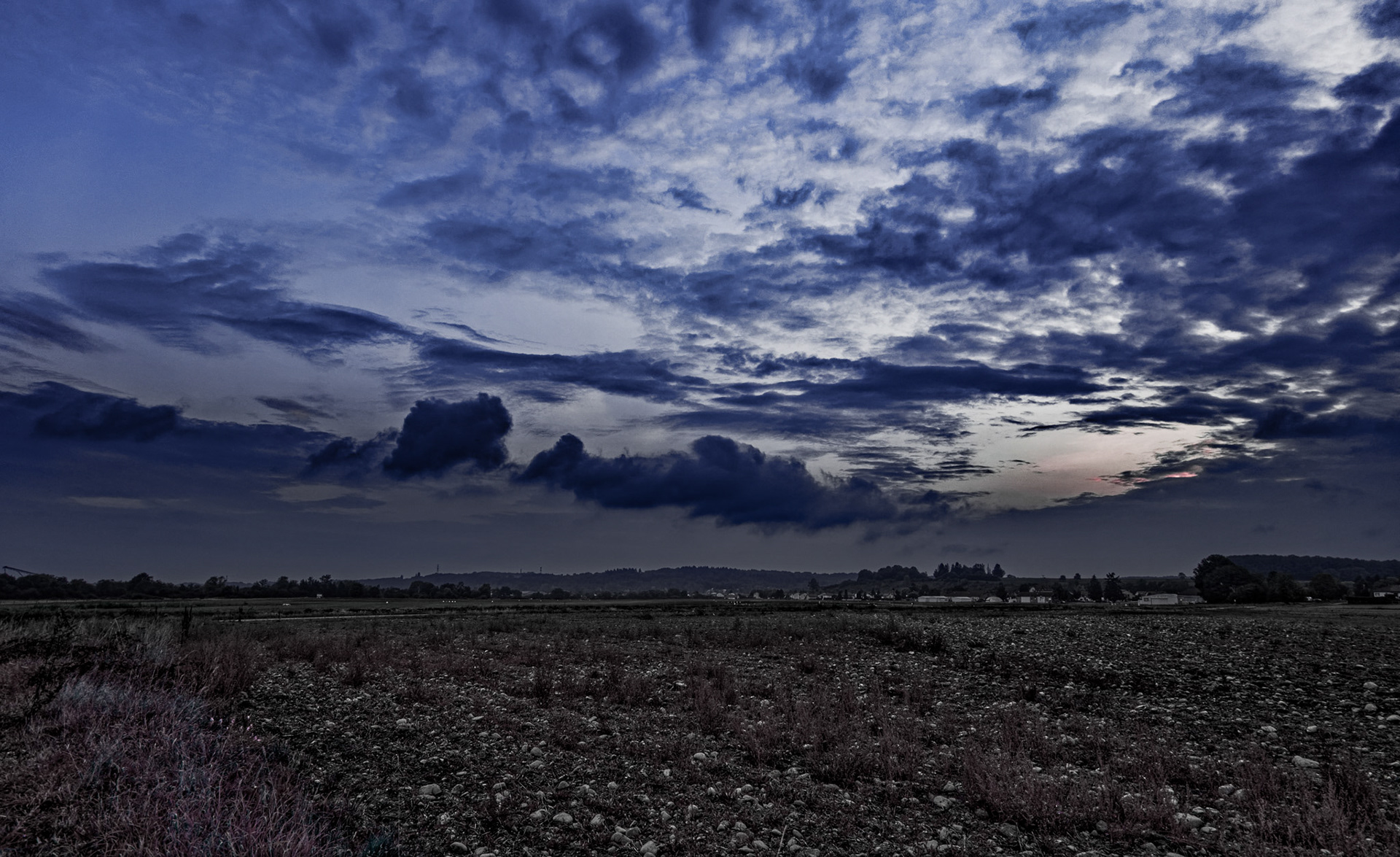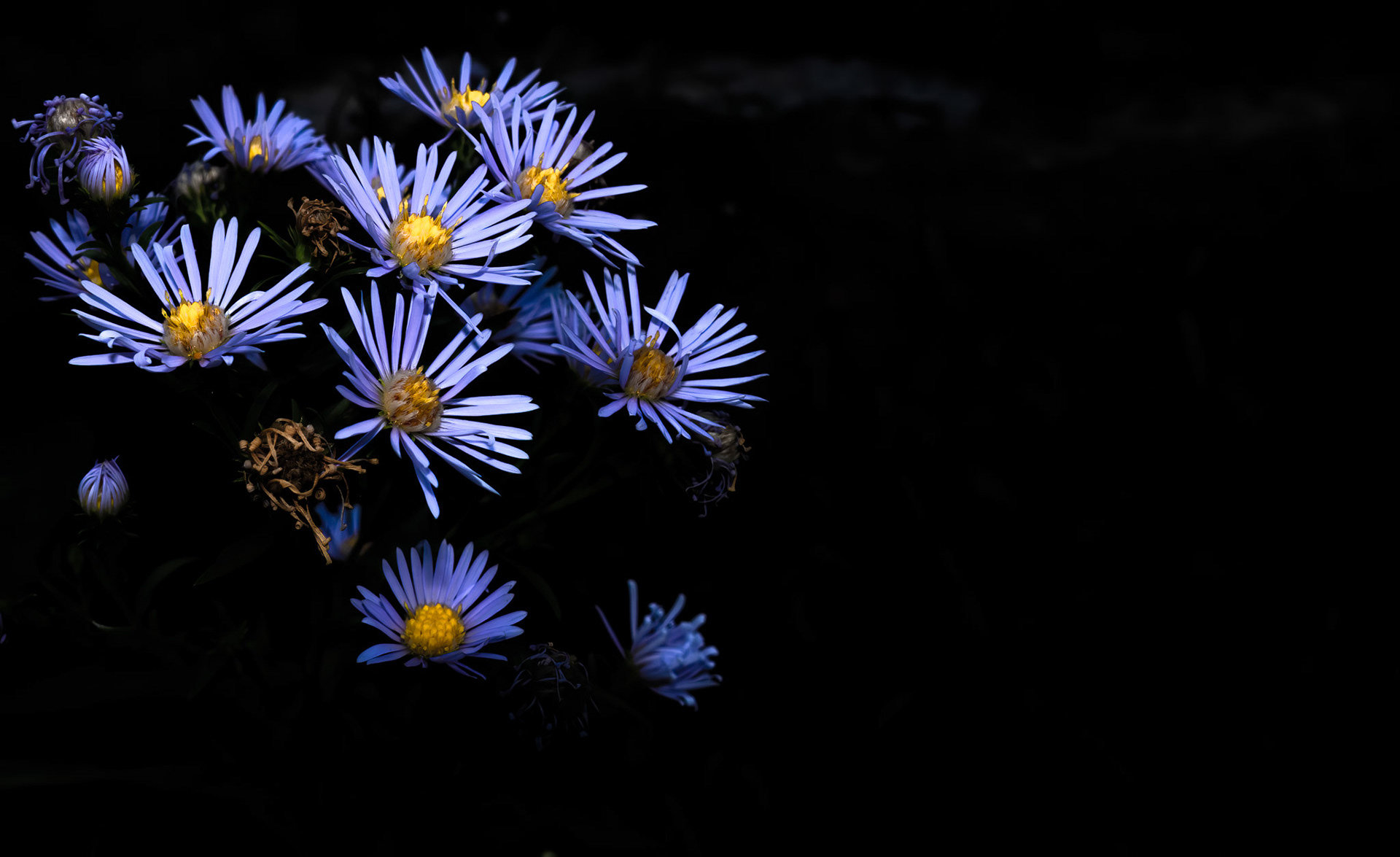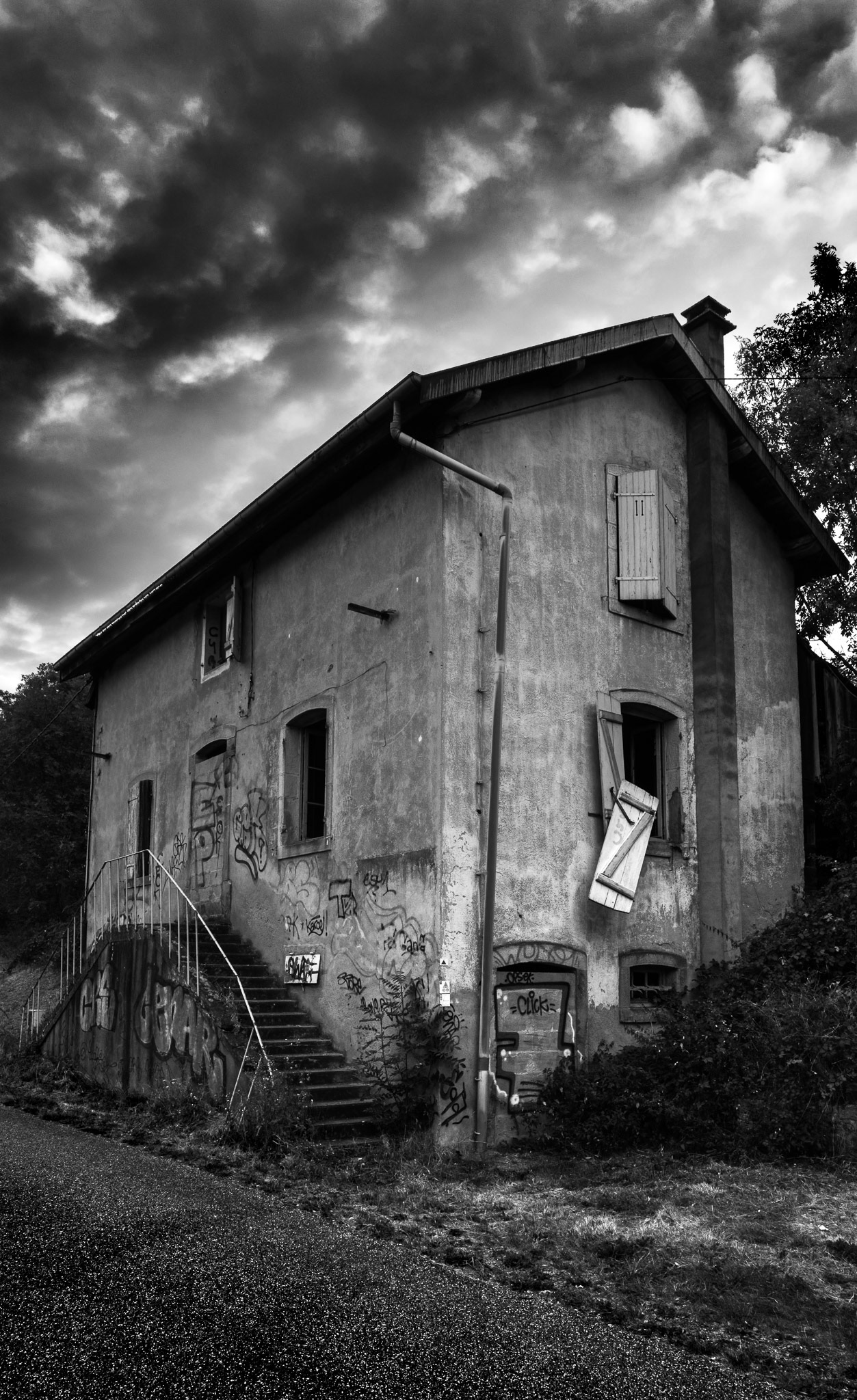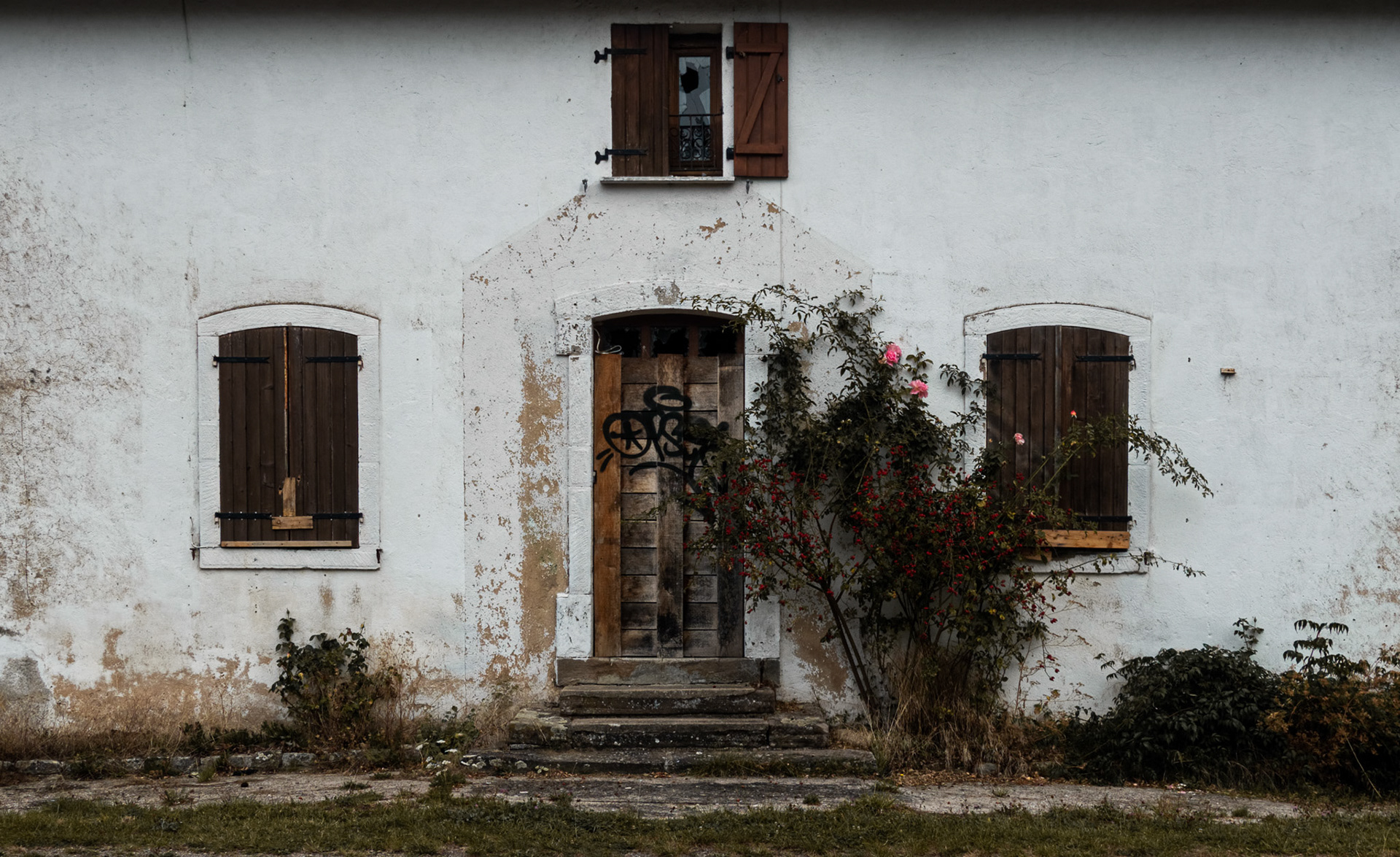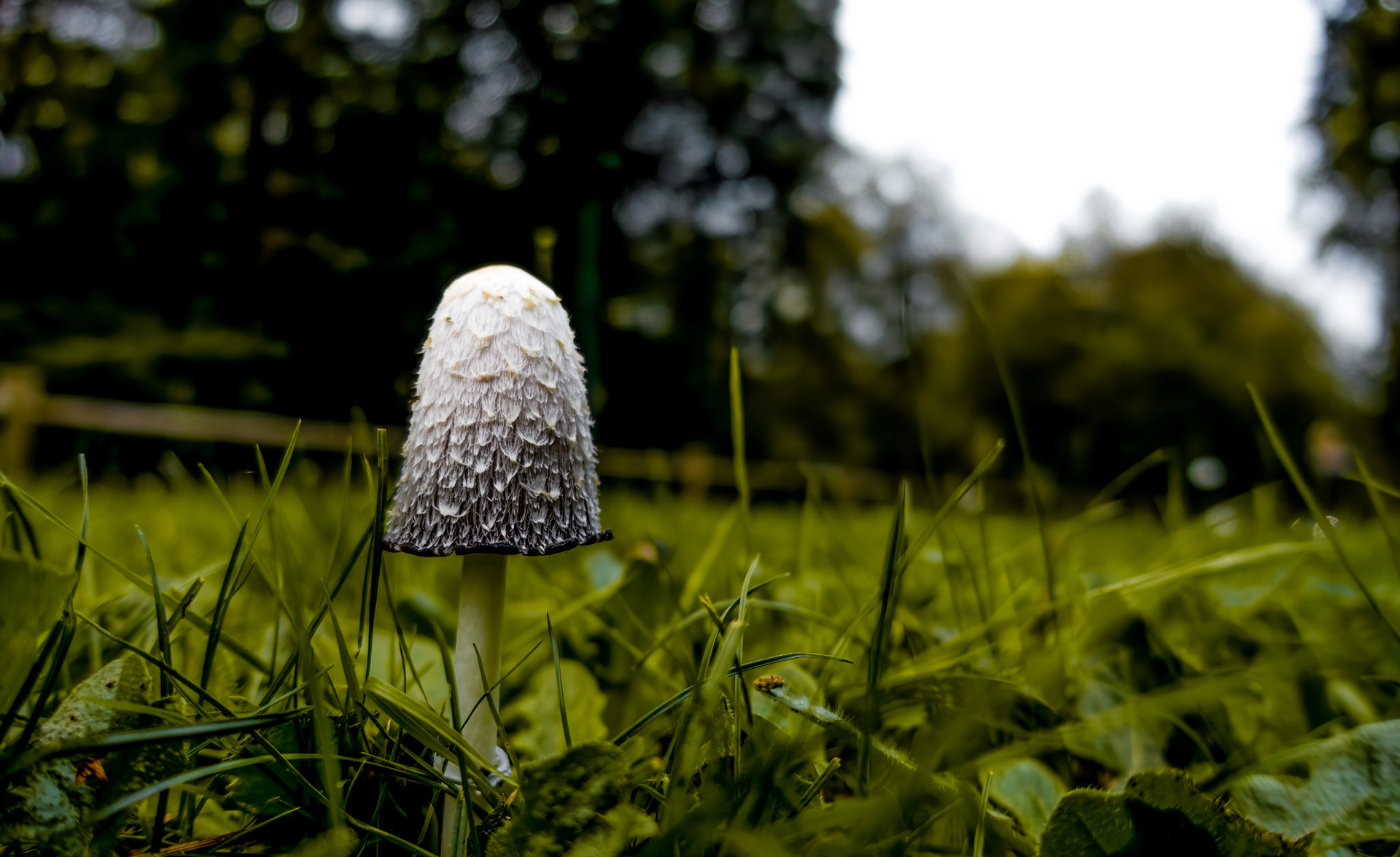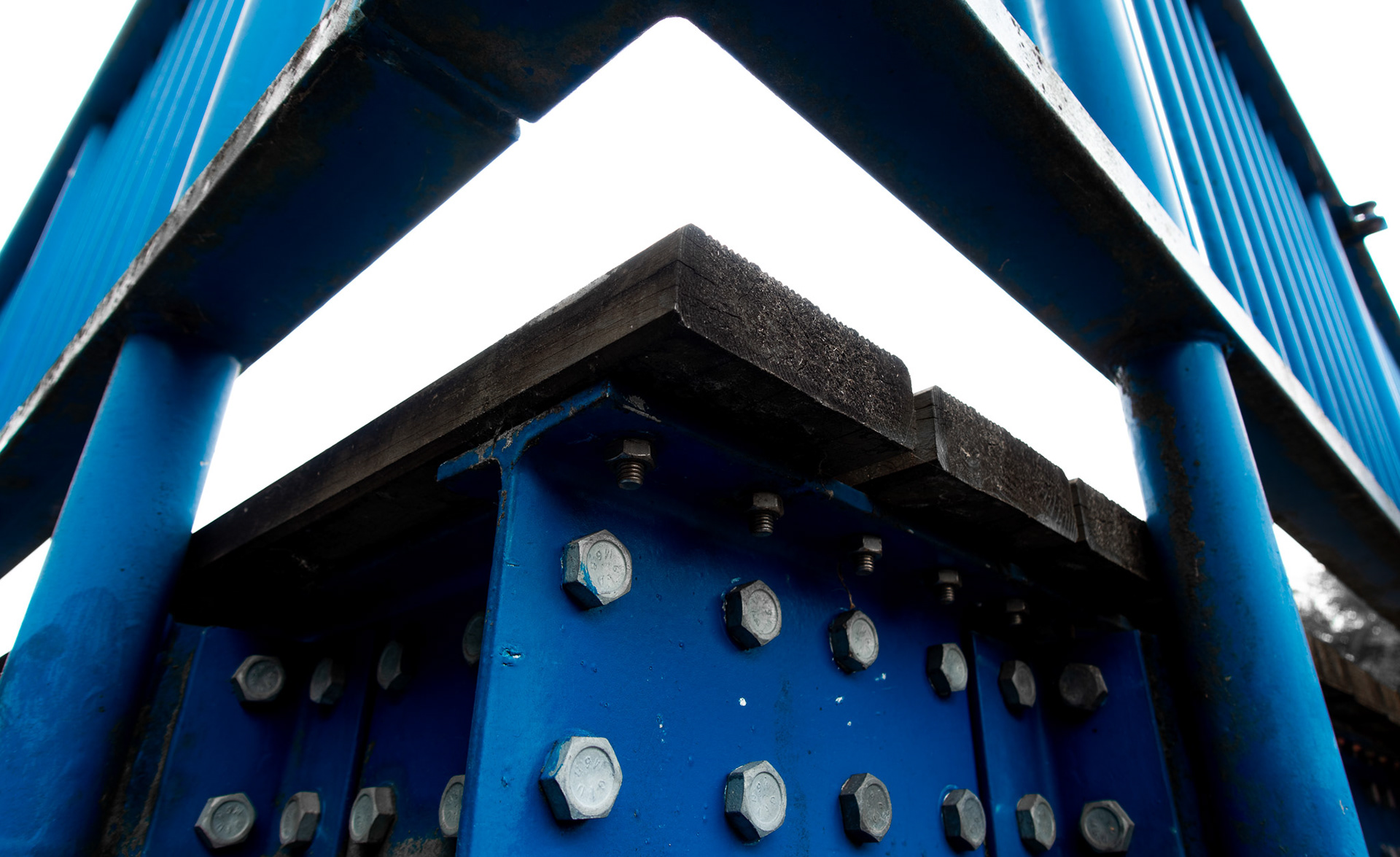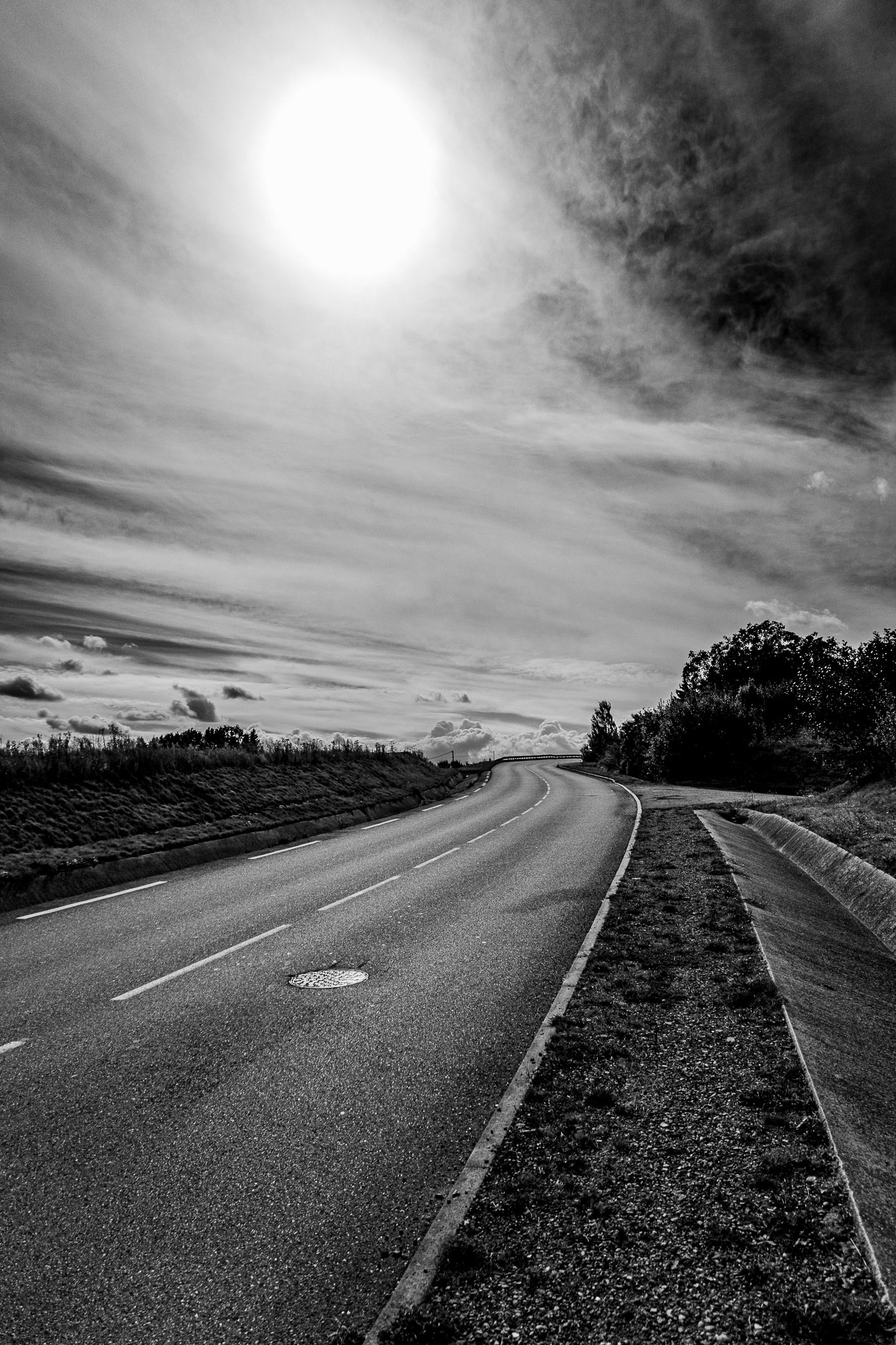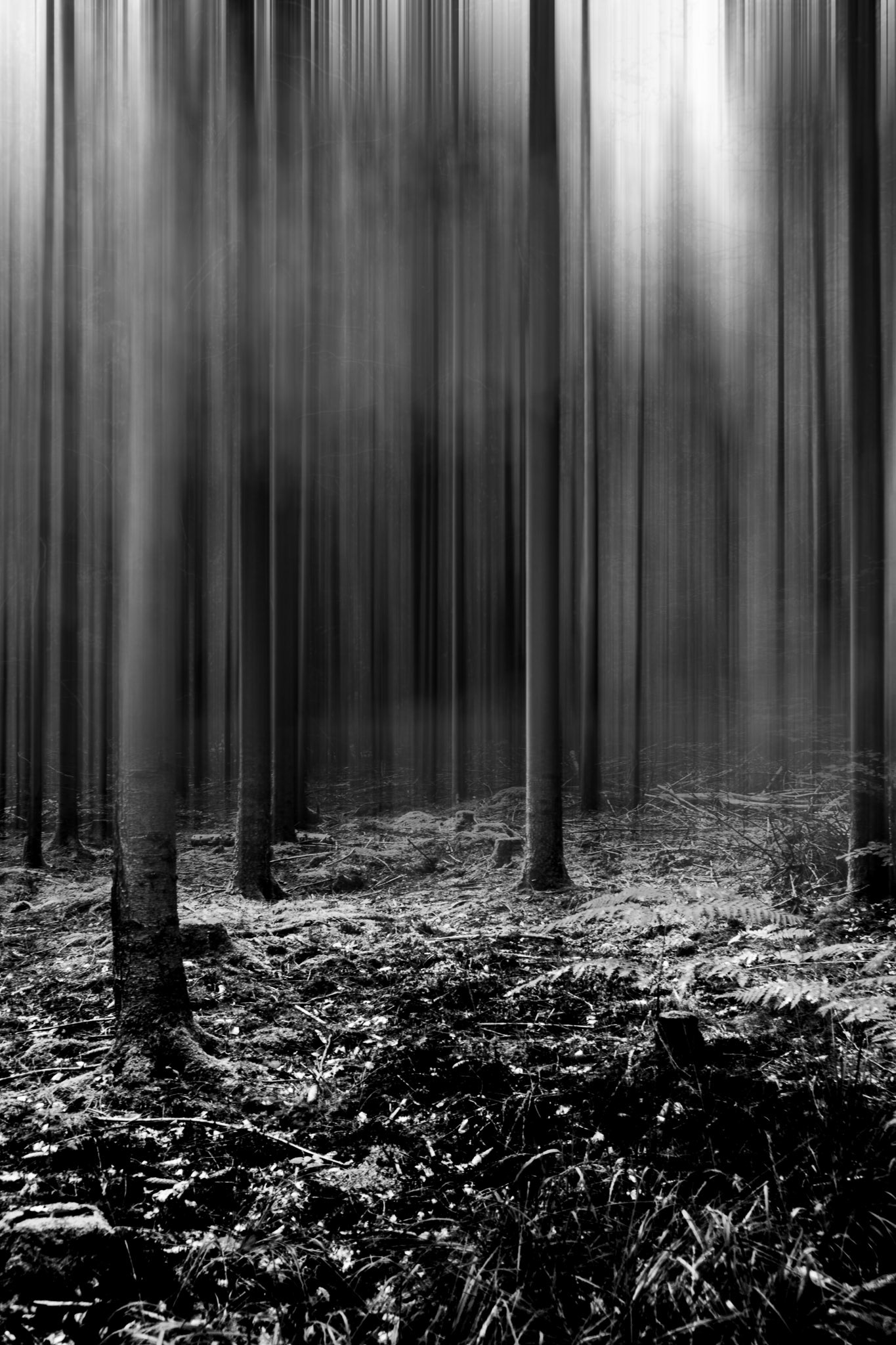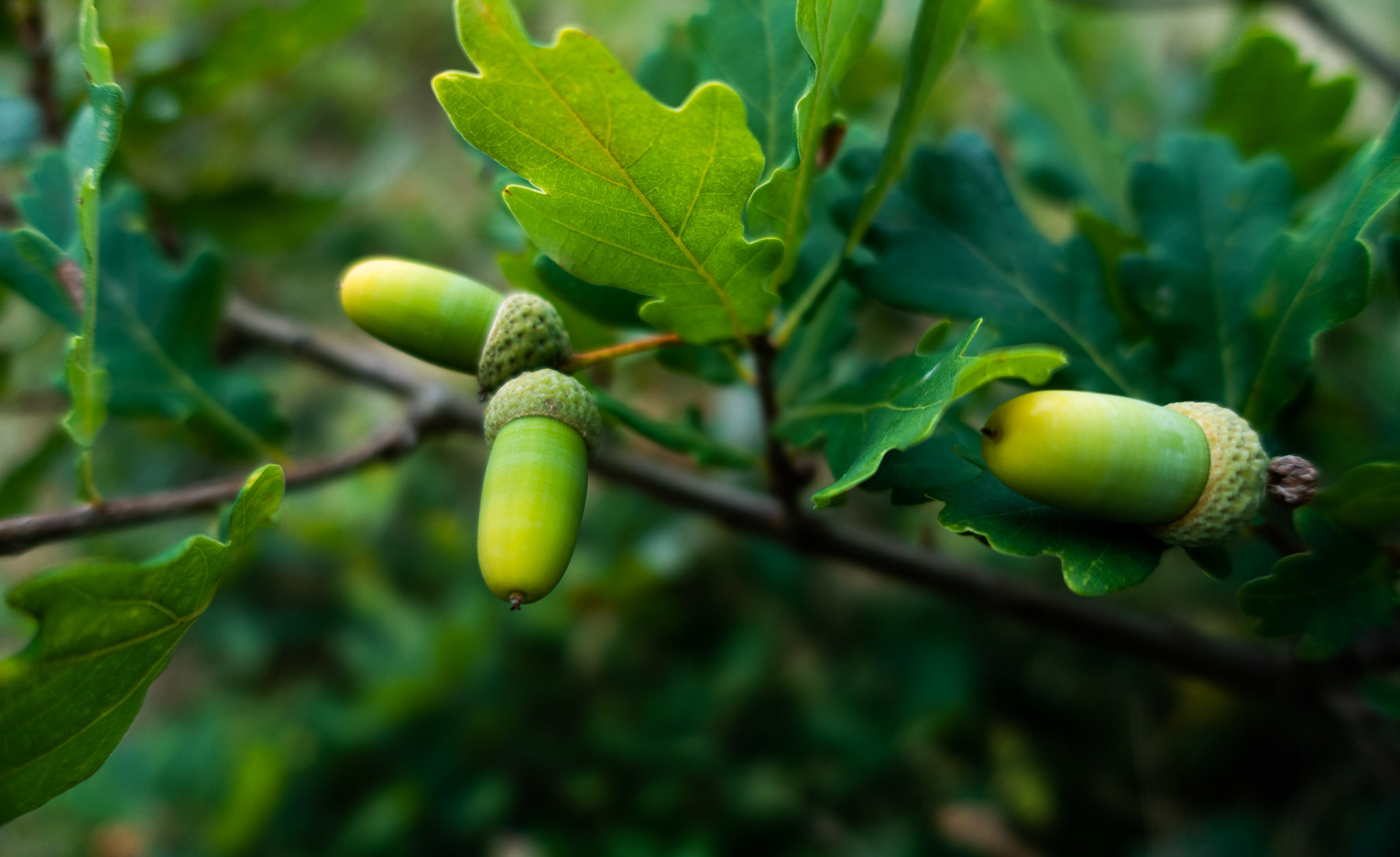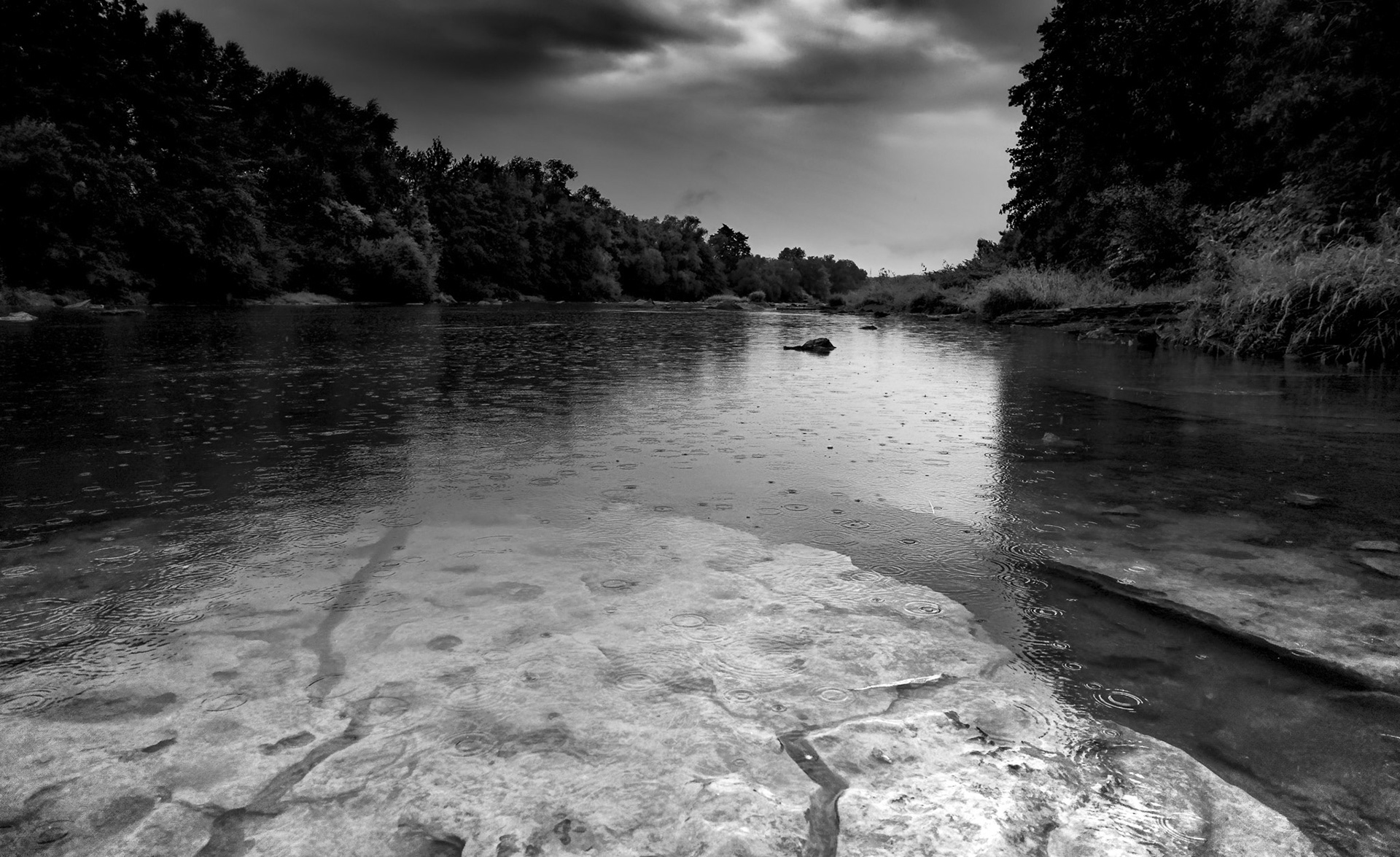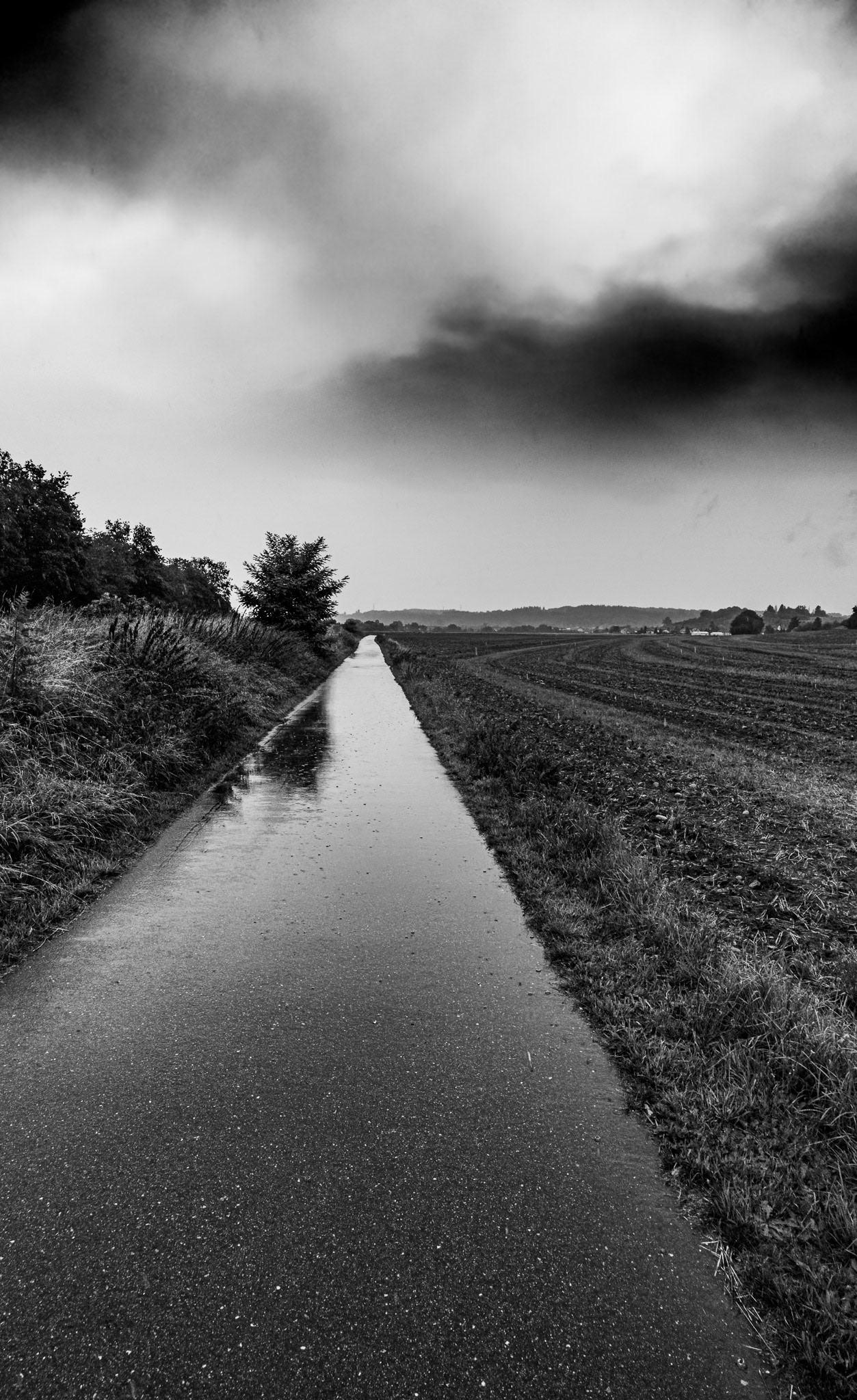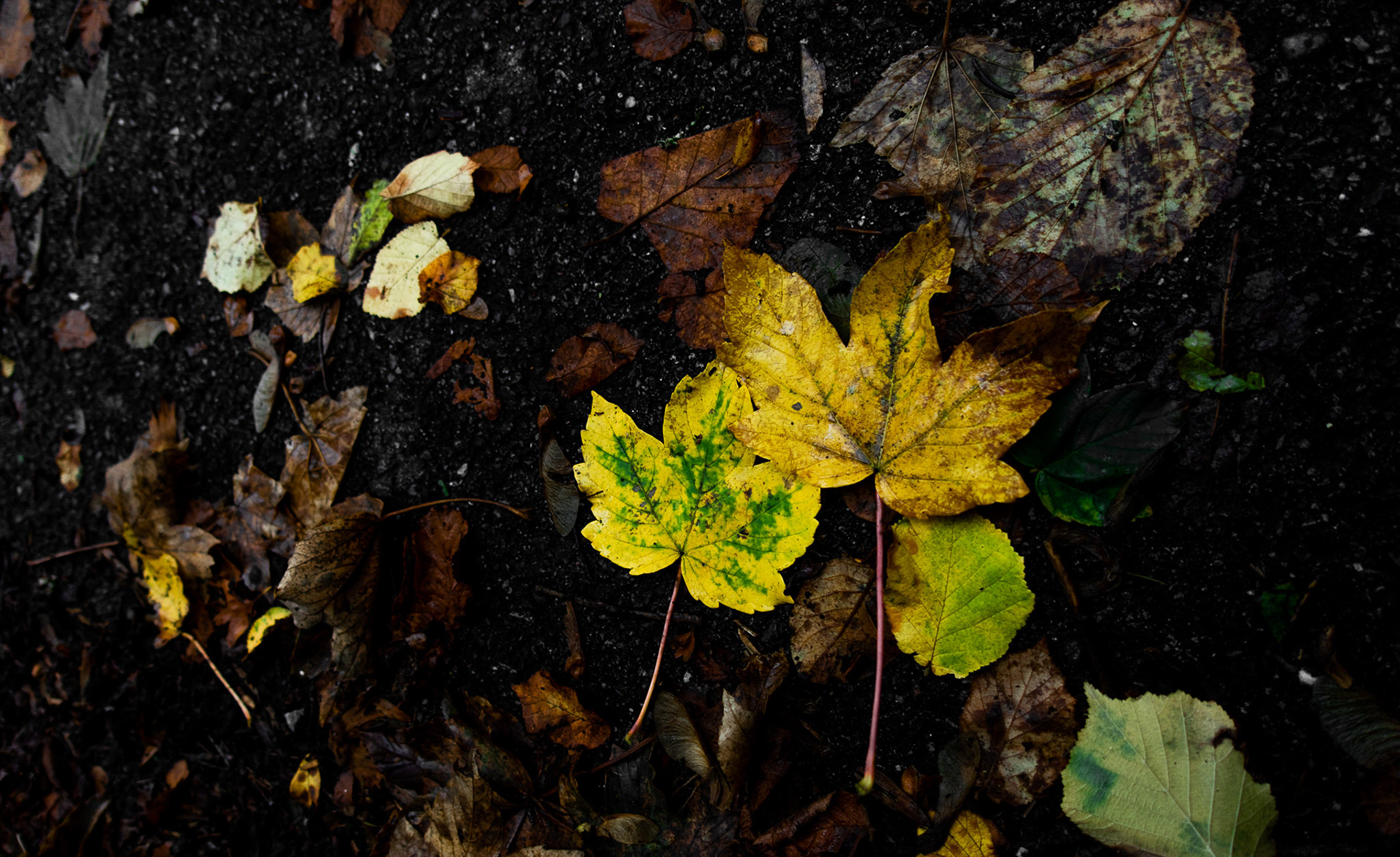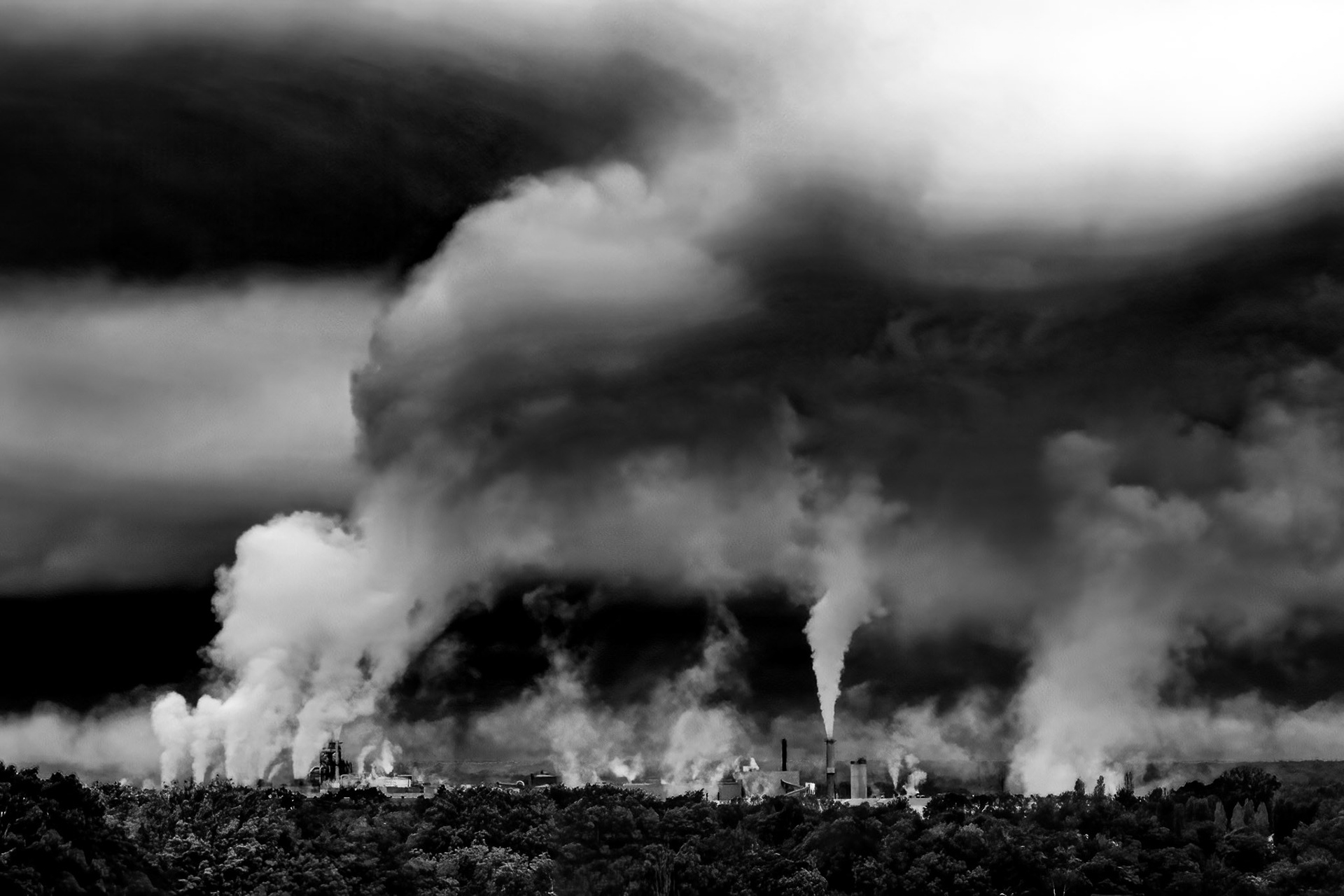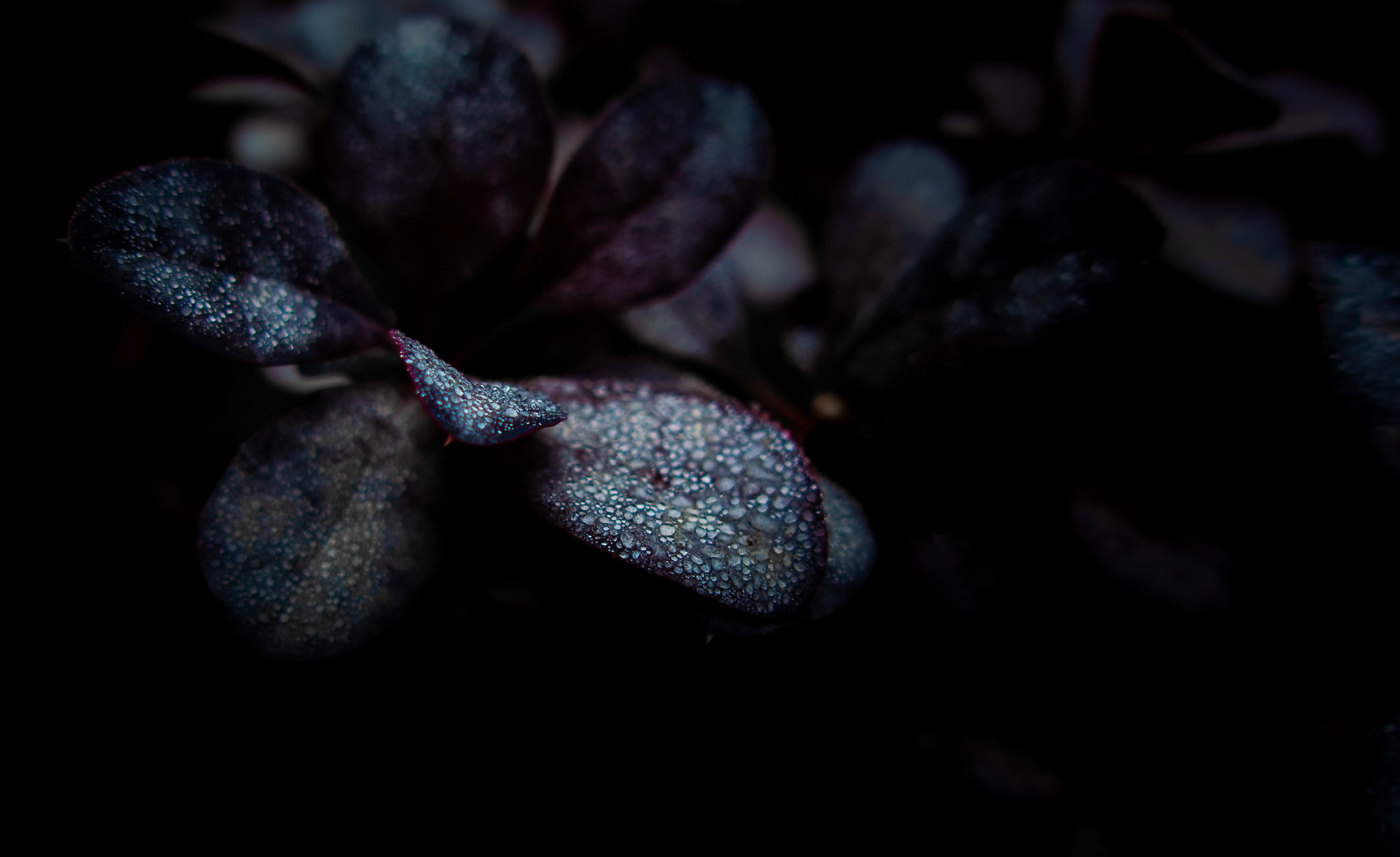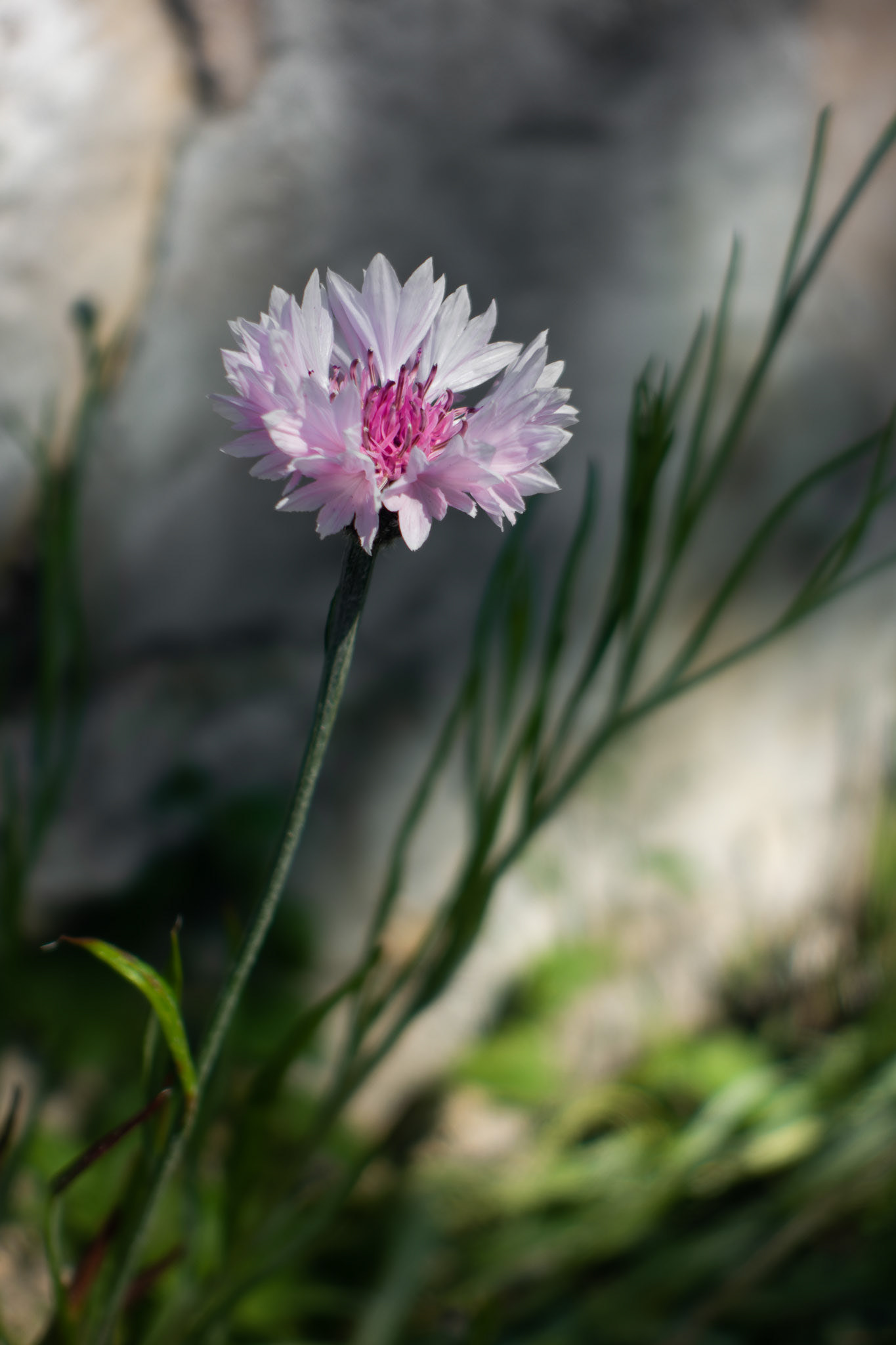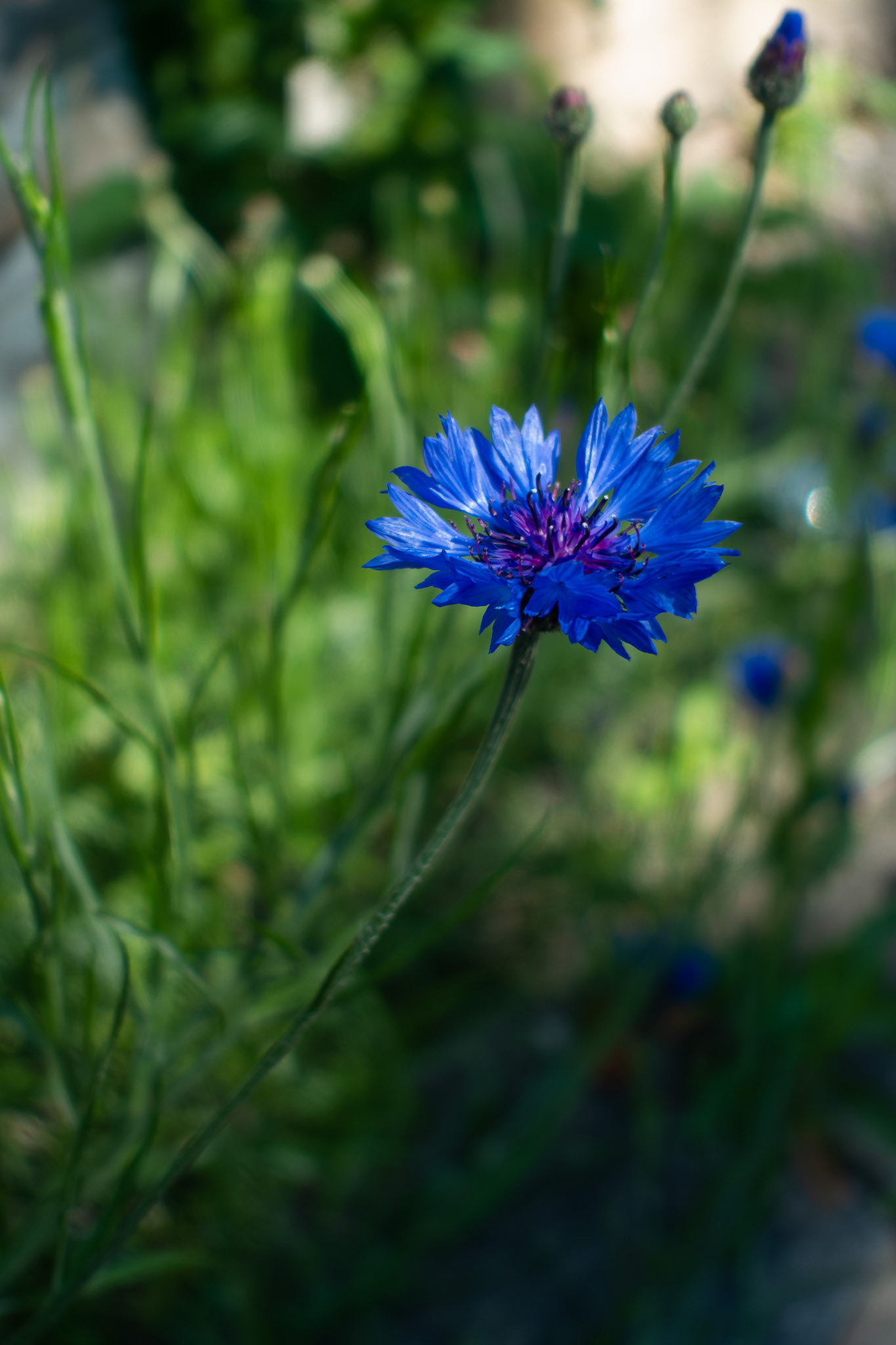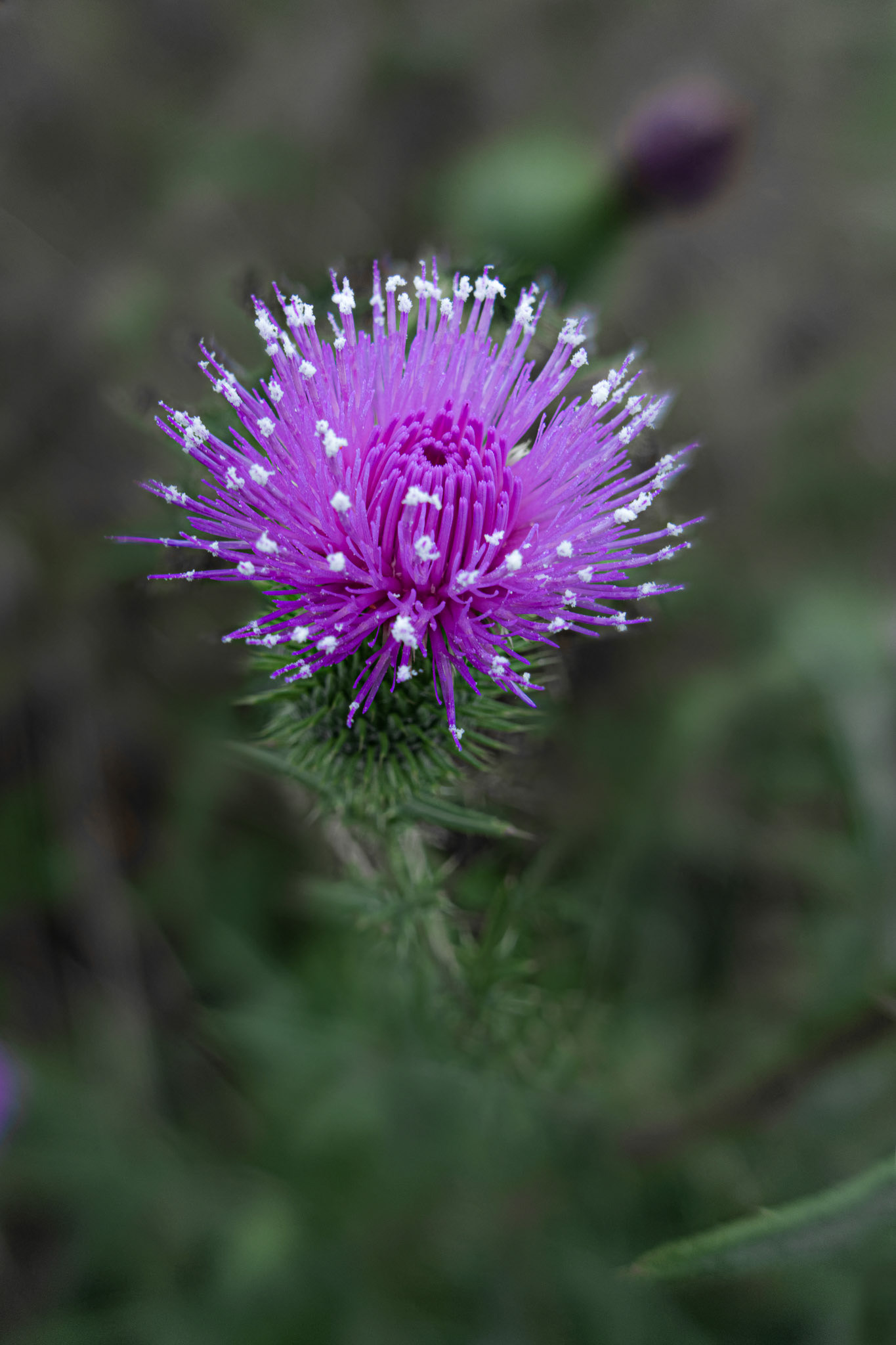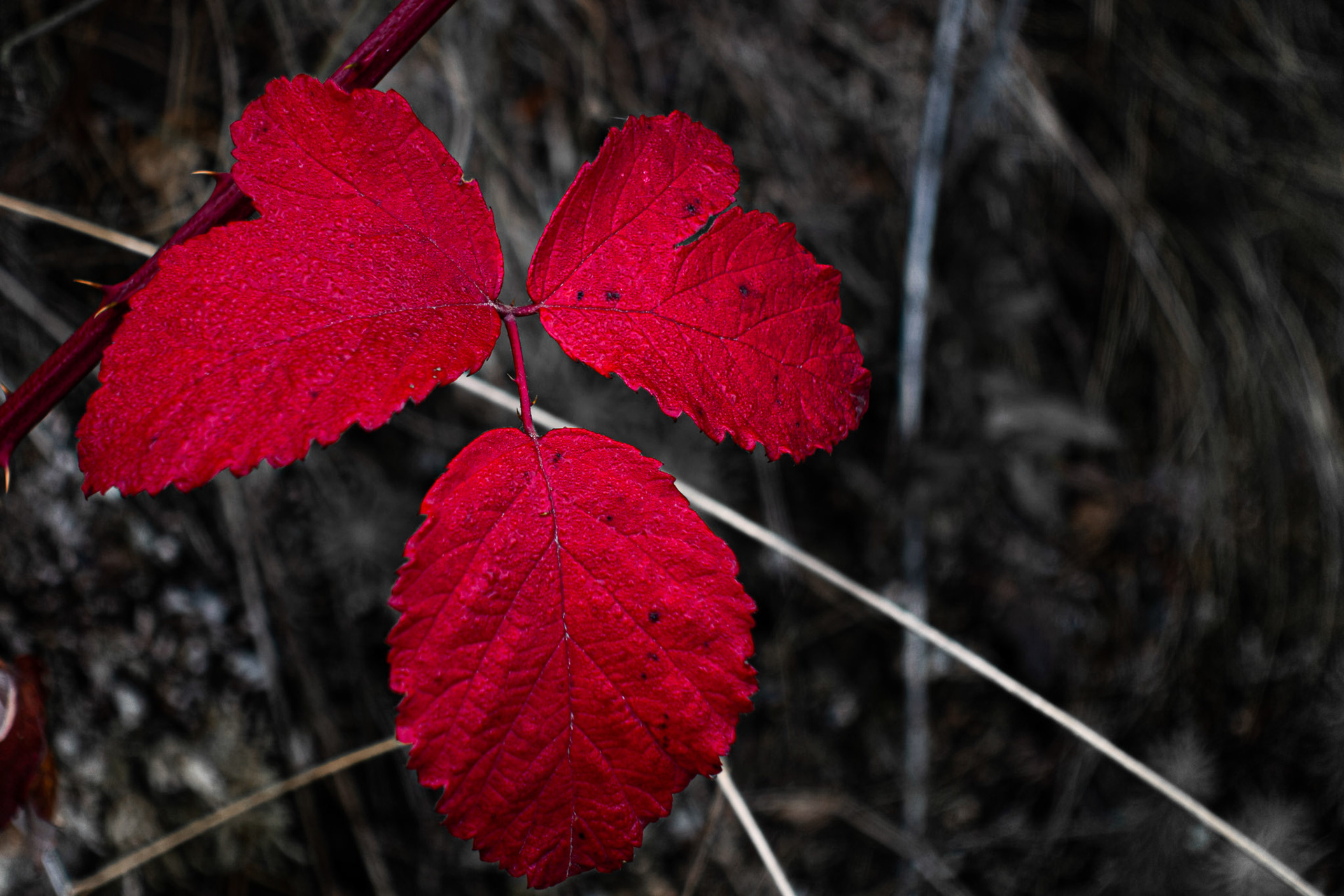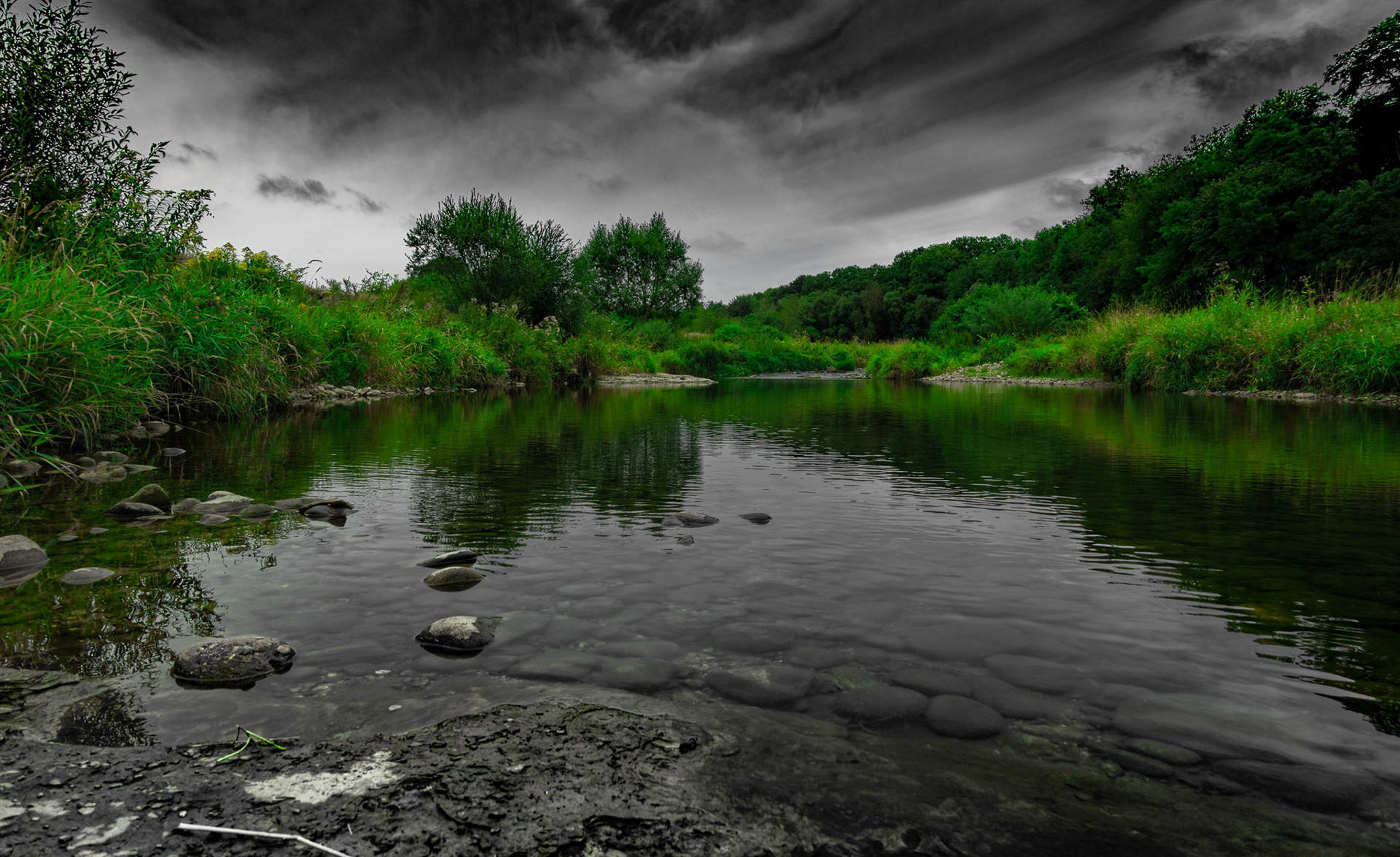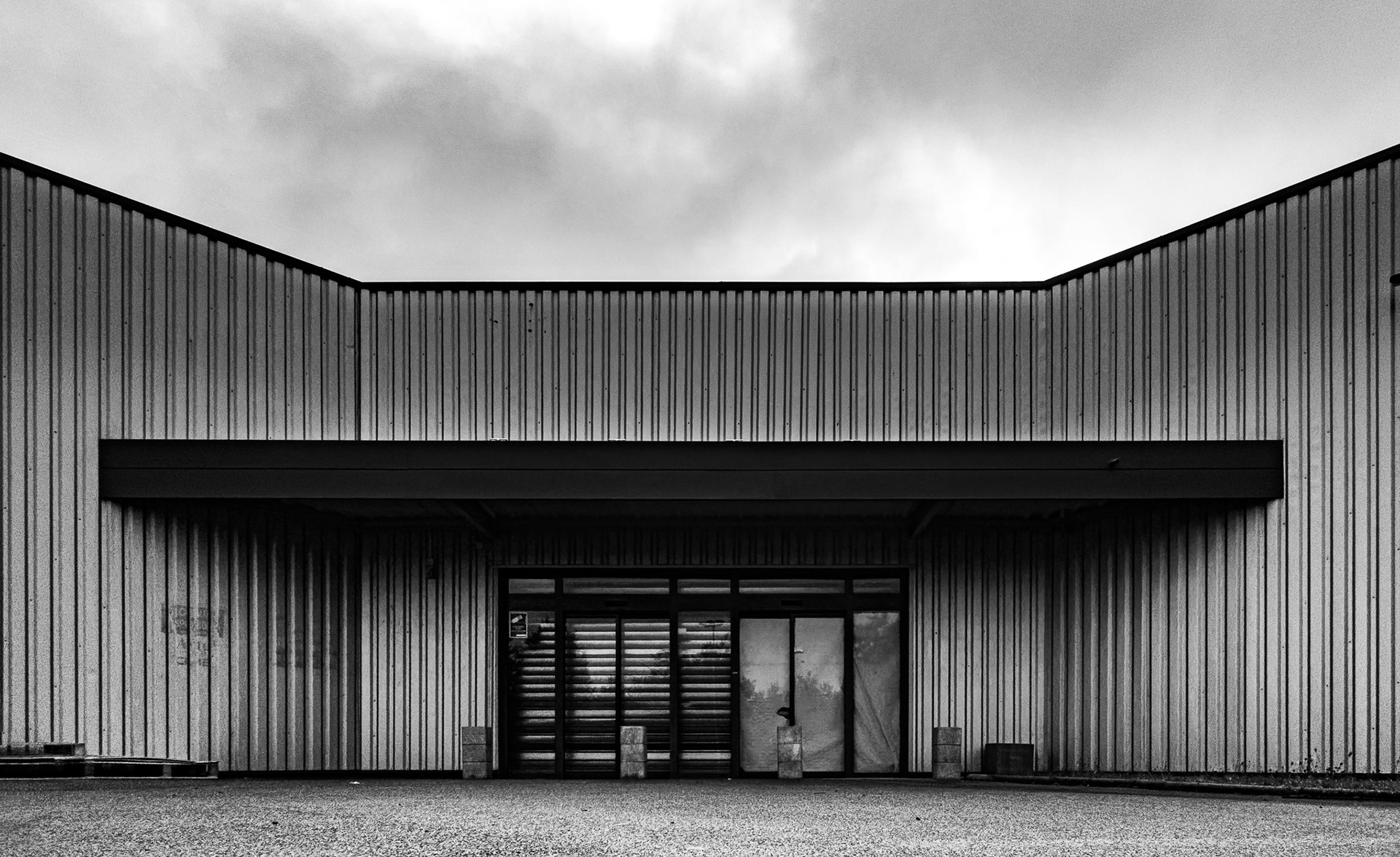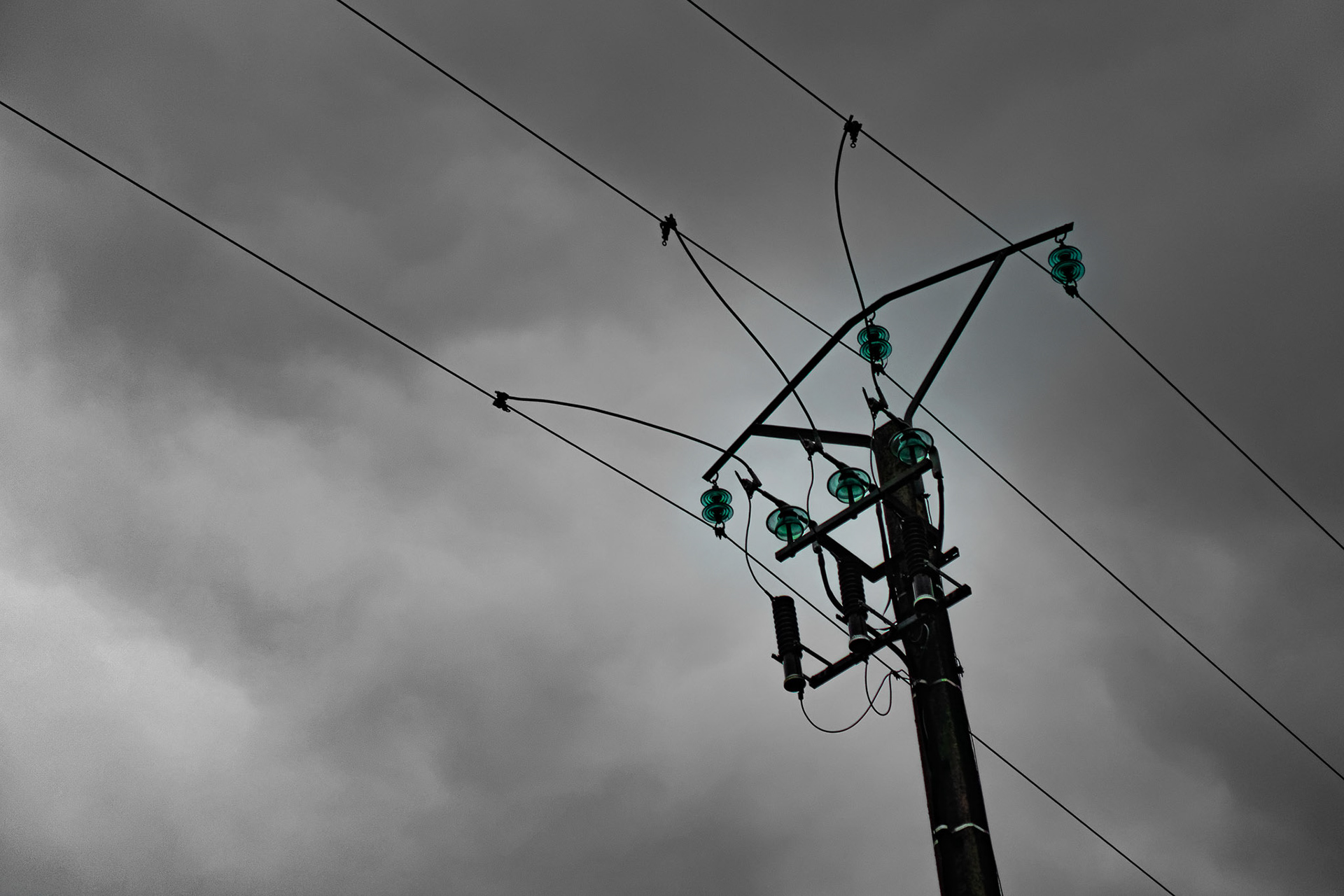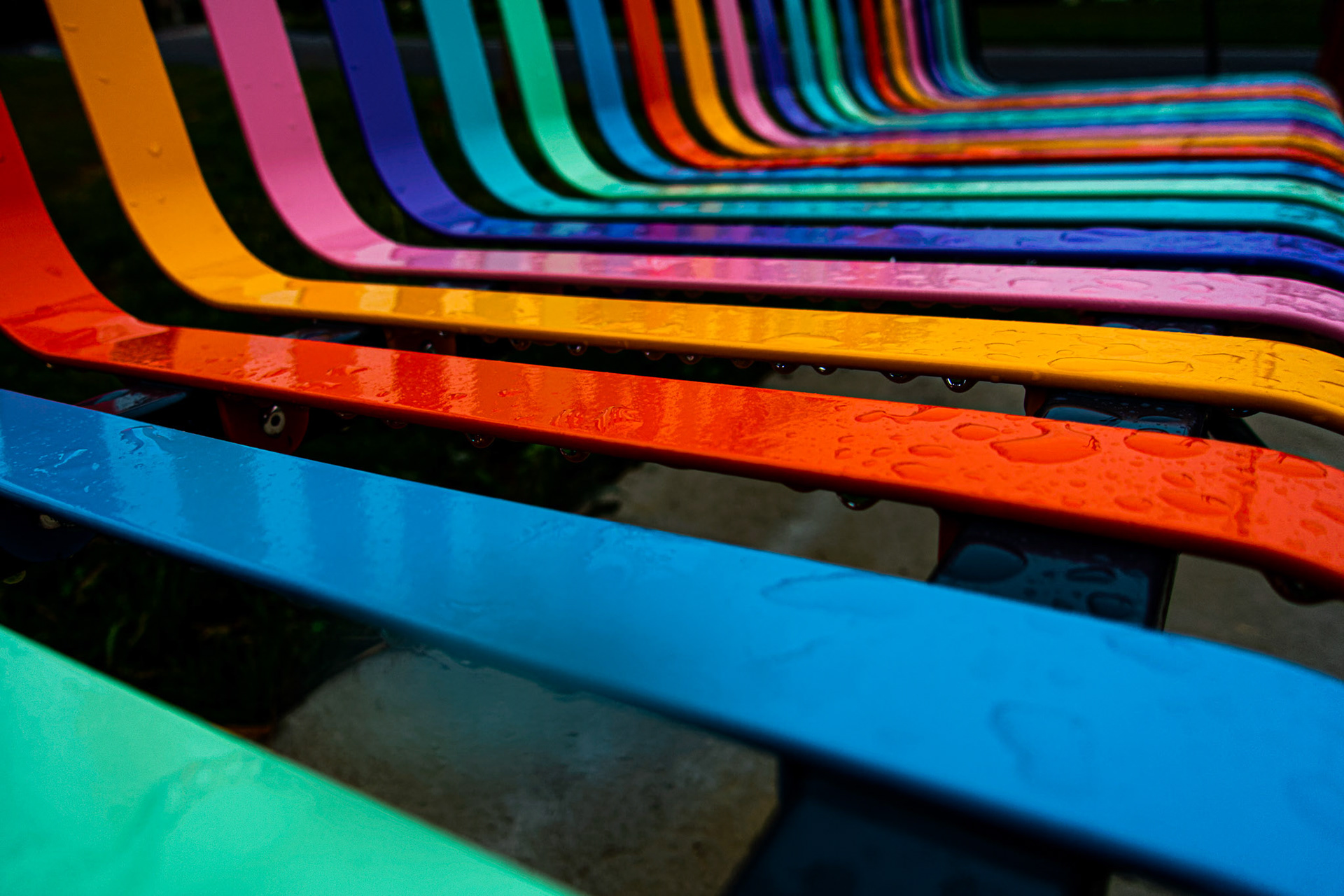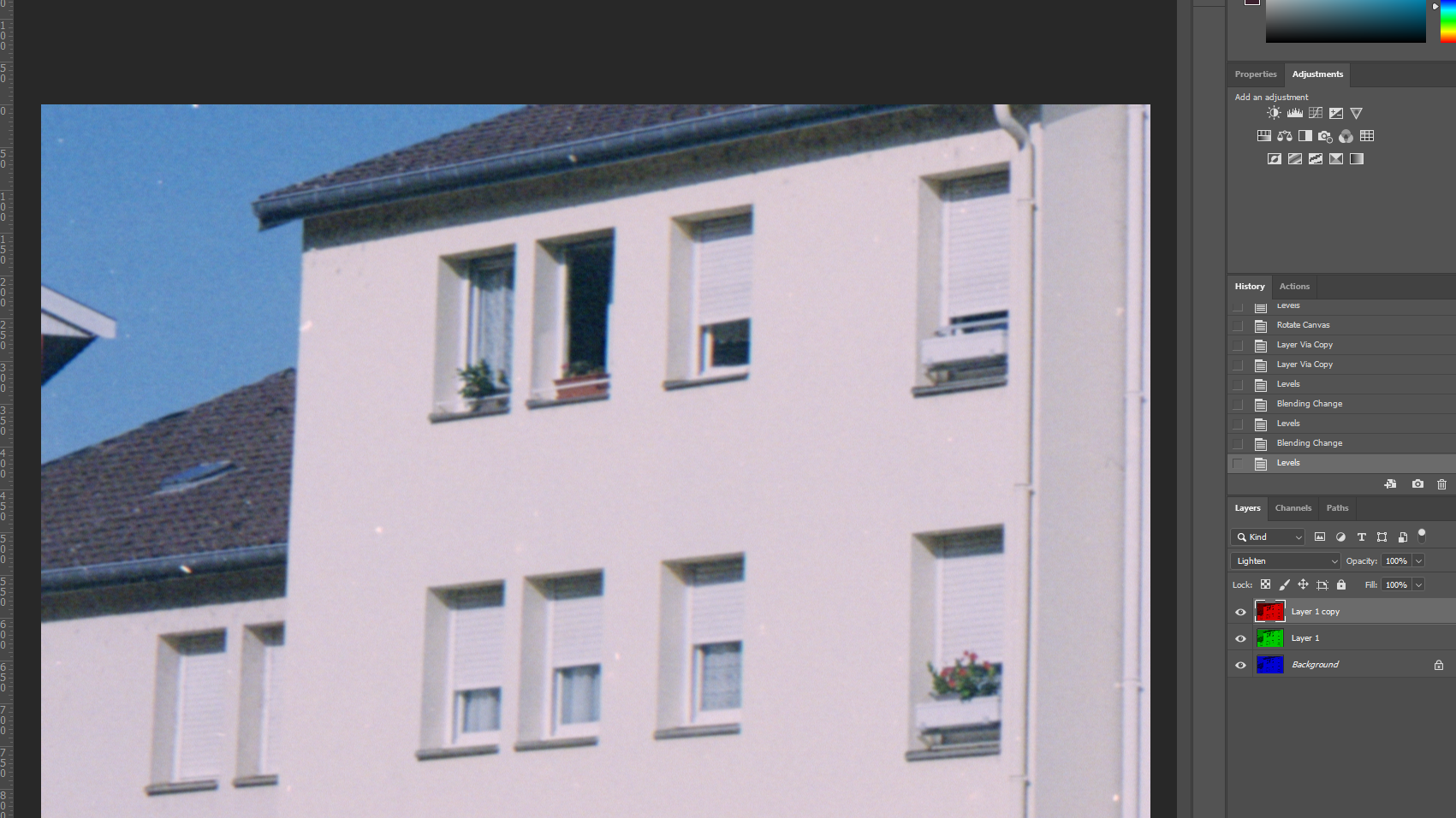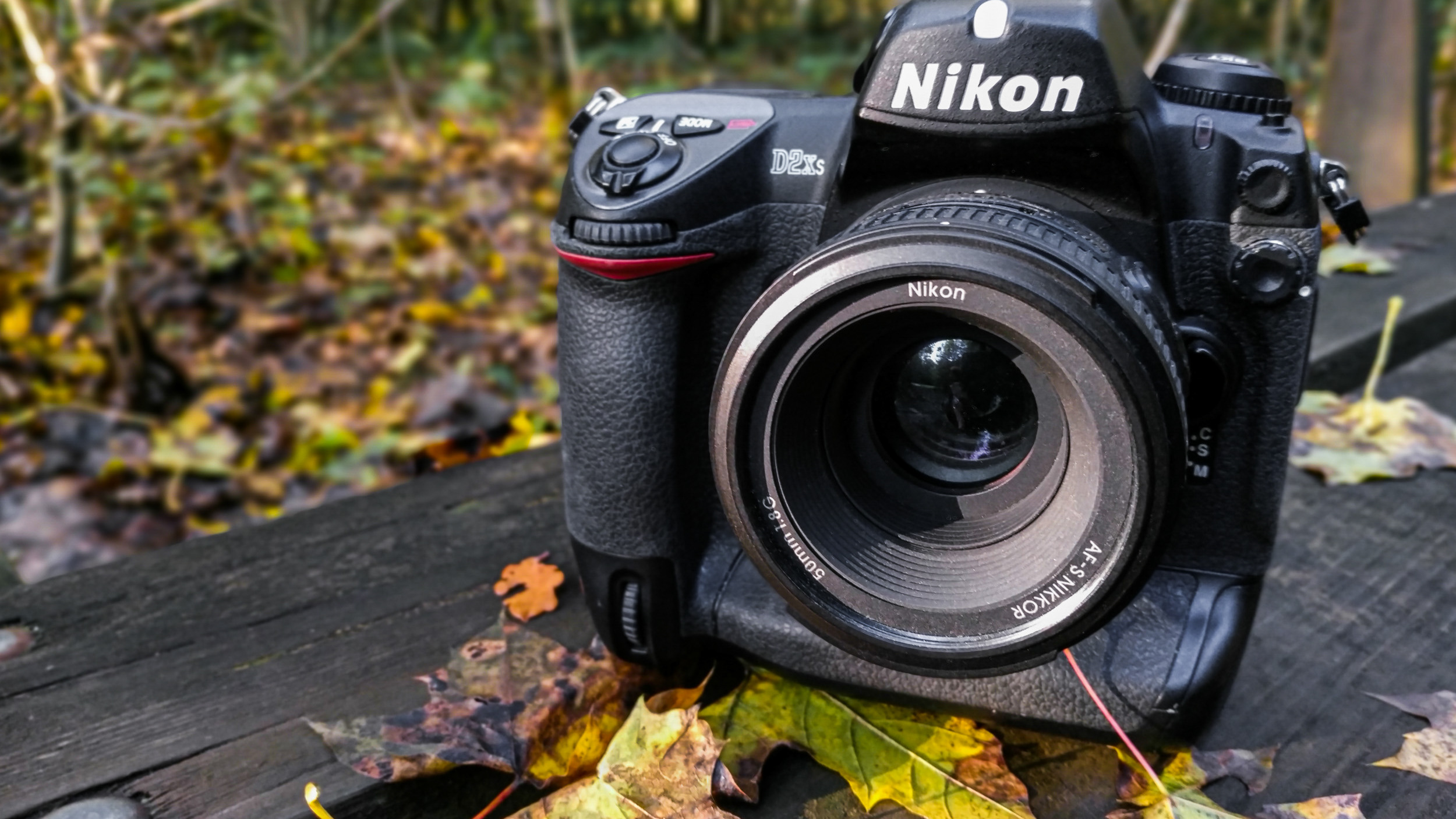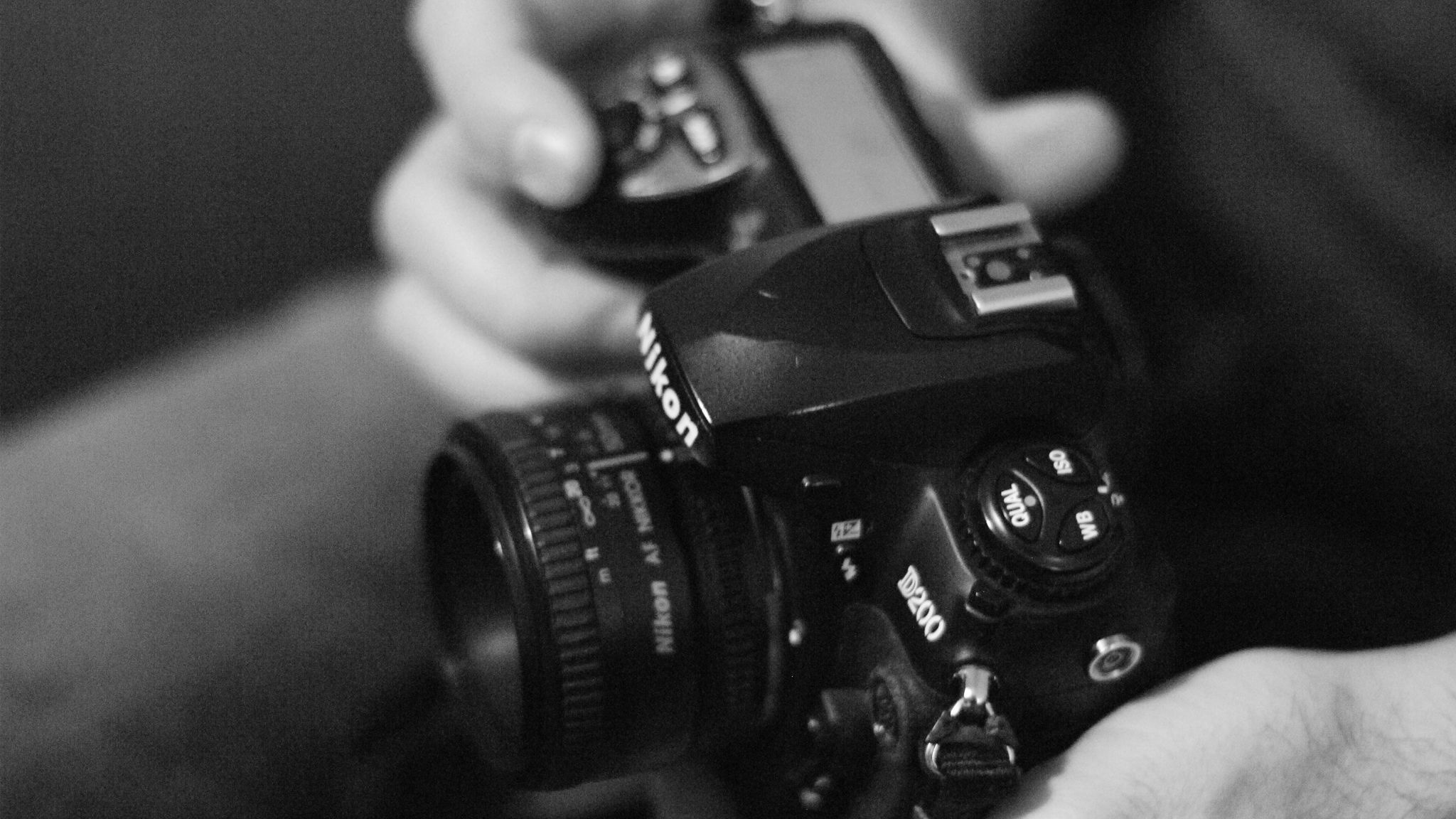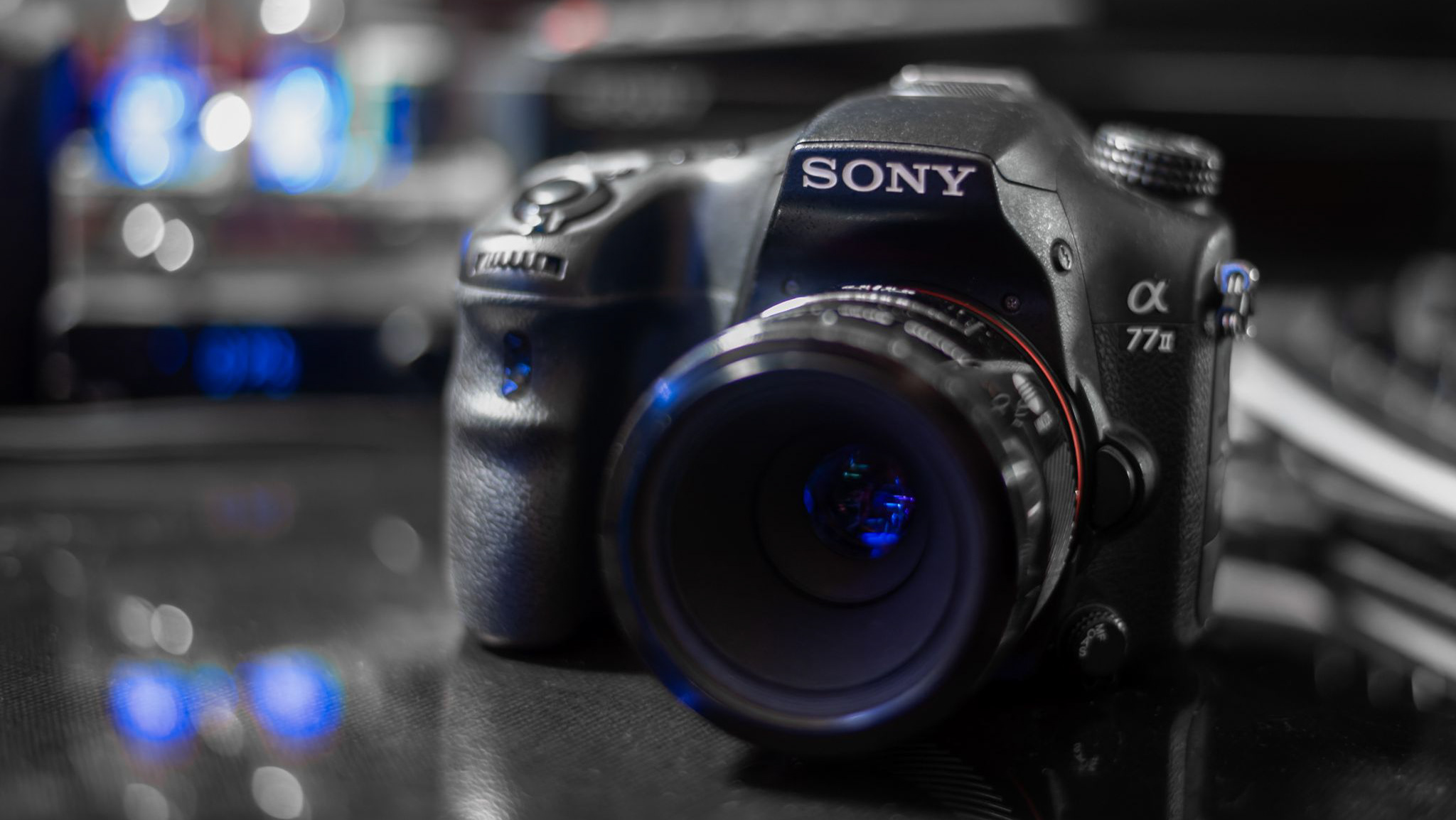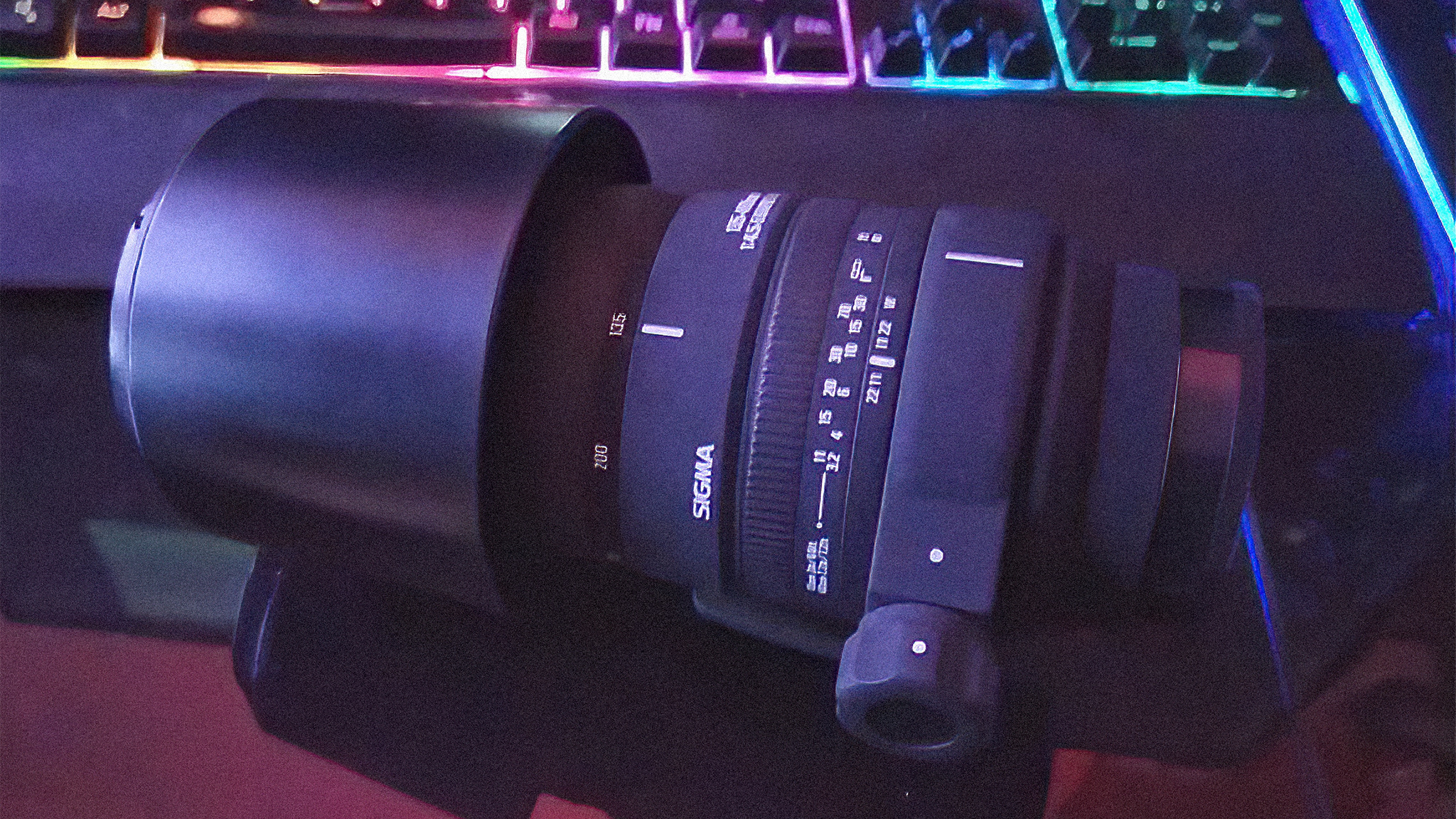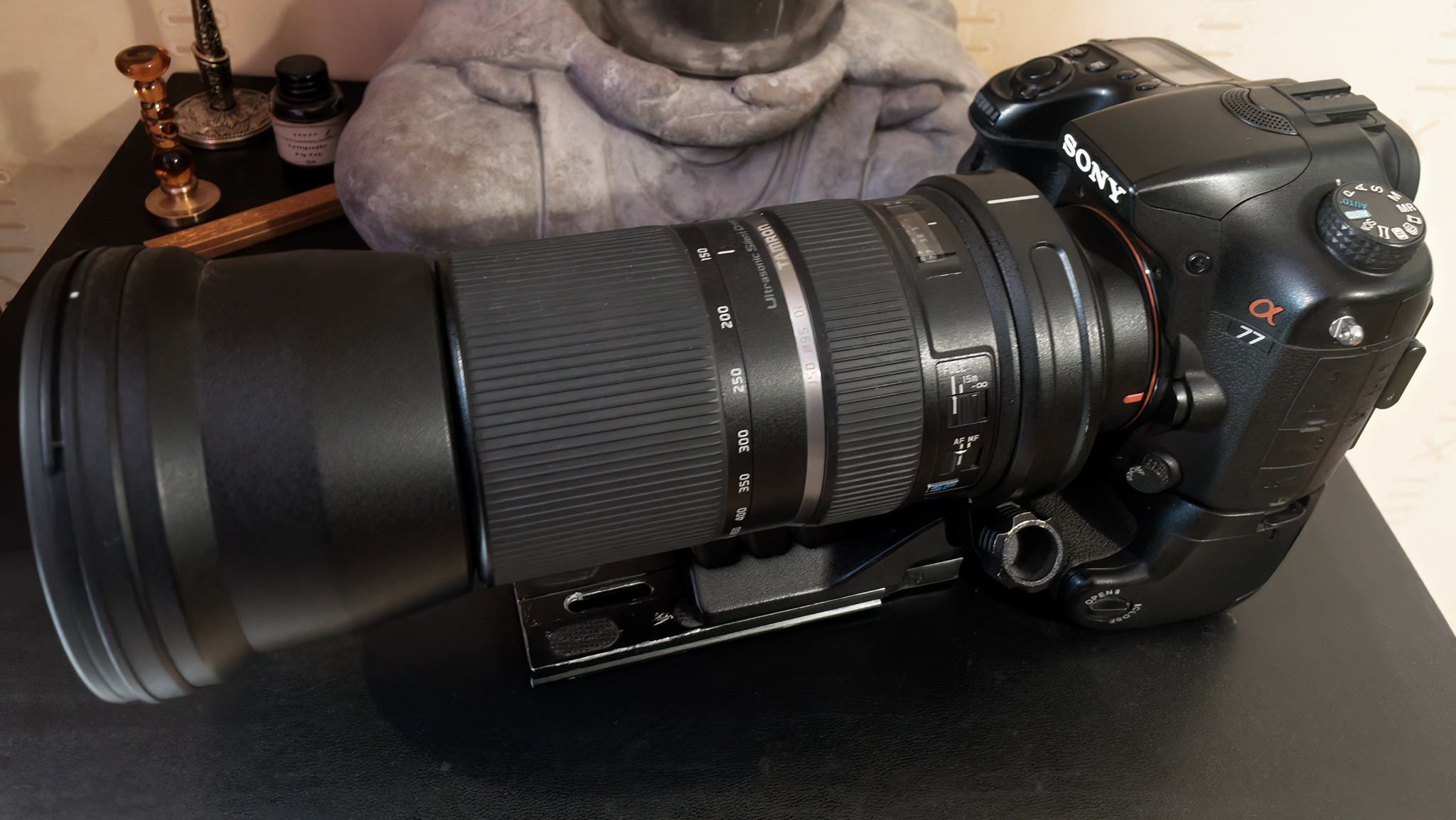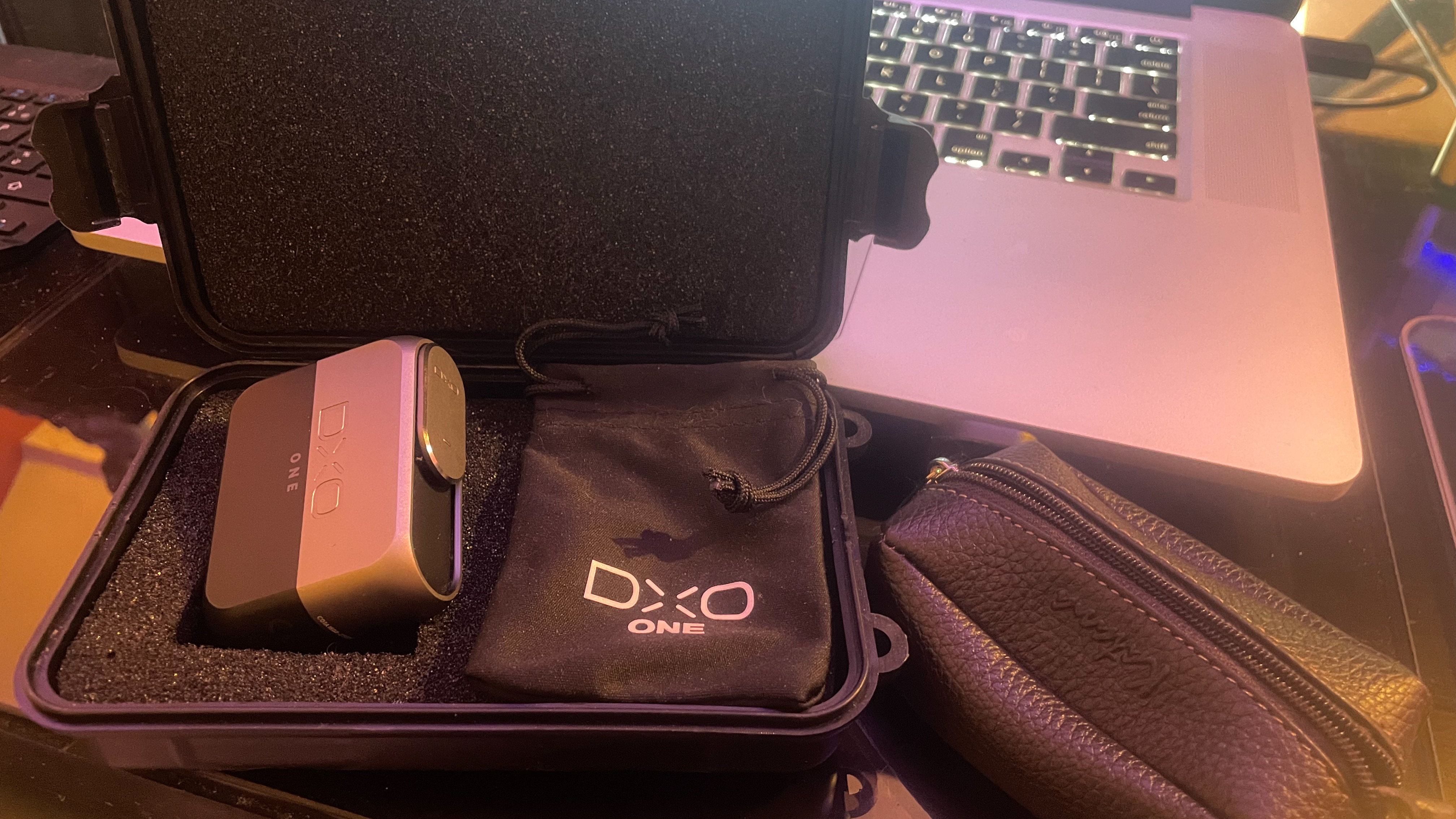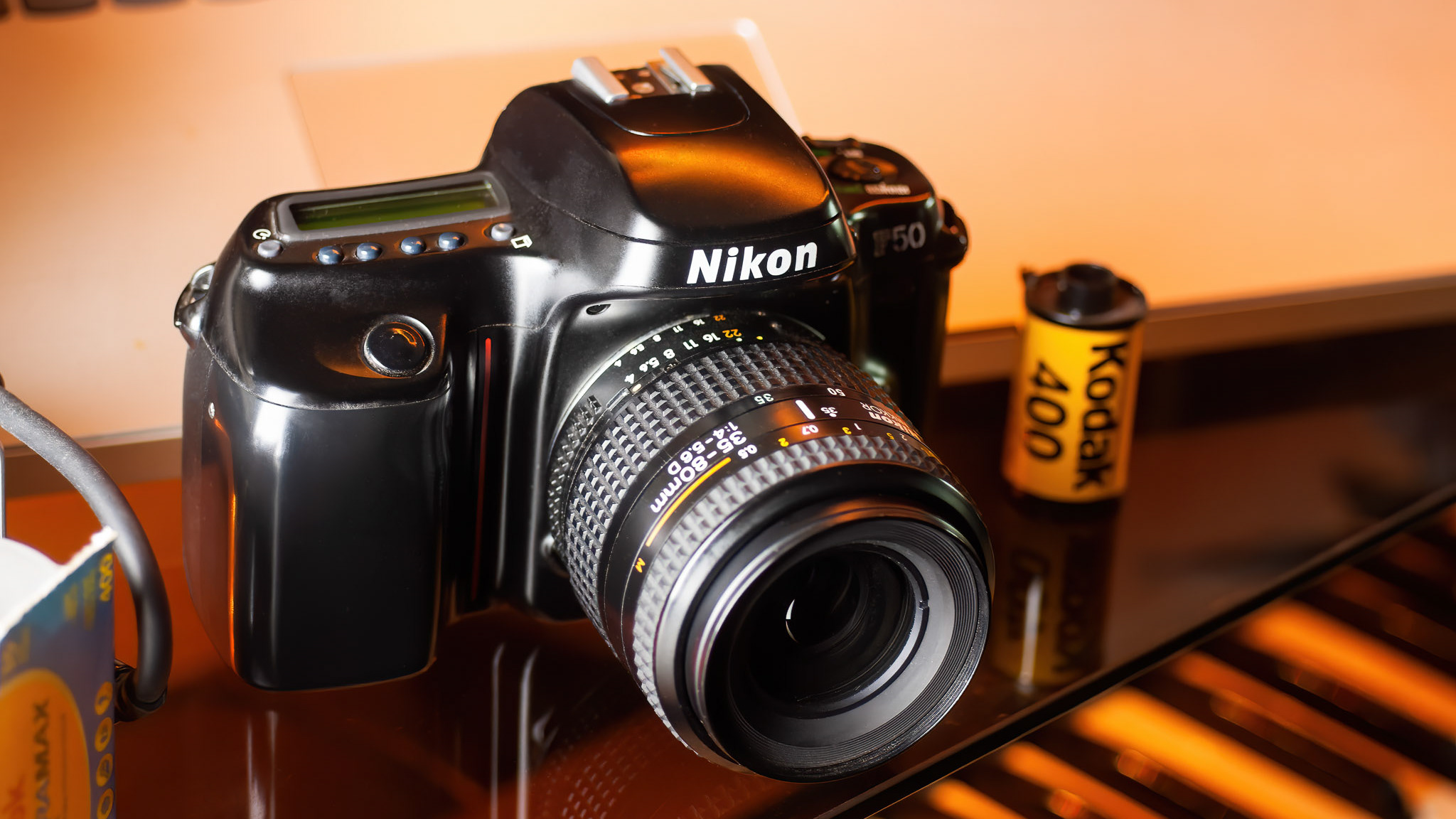Even if I somehow wanted a pocket camera, I wasn't really looking for anything specifically when I found this one for a good price: the screen coating was literally disintegrating, it was ugly and the seller didn't know better. The LCD was quickly fixed and the camera looked brand new again.
There are 7 models of RX100.
The RX100m3 got a popup viewfinder, a great 24-70mm F/1.8-2.8 equivalent lens, and an almost fully articulated screen. It is definitely a much better camera than the two first iterations.
The next models have a better viewfinder, 315 phase detect AF (starting with the m5), but starting with the m6, the lens is in my opinion a downgrade, and I don’t care about the touch screen. Their used price tags are also much higher than the m3.
The m3 is the best compromise between price and functions.
It turns out I really like the form factor and image quality. Most of the time, when I go take photos with a “bigger” camera I don’t bother carrying any lens shorter than 100mm. This little sony just does the job, and I can even crop a little when needed.
The 20MP image quality is really good. Maybe the best image quality in a pocketable camera.
Noise (I know, I keep saying that) is not an issue with modern post processing software like DXO Photolab or Topaz Denoise. Dynamic range is good enough. Color rendering is good. There is really nothing to complain about the image quality: the raws are a real pleasure to work with.
I won’t talk about the jpeg or the videos: I don’t shoot jpeg or videos.
The lens is also surprisingly good and versatile. Chromatic aberration is very well controlled, so is distortion, and both can be easily fixed in post. The close up capabilities are good too. There is even a useful integrated ND filter. Of course, on such a small sensor, don’t dream of achieving any super shallow depth of field, the lens behaves like an F/4.5 - 7.5 35mm equivalent lens when it come to DOP.
Basically, a lot of this camera is simply “good”, therefore it may be more efficient to list what I think is not totally good.
Battery life… well, what can I say? It sucks. I can barely take 200 photos with the viewfinder… But you can take a portable usb charger on the field… yuk. Better than running out of juice.
Handling: in aperture or speed priority, it’s not too bad. The ring around the lens works as a control dial. Too bad it doesn’t click. There is a click sound, but it just doesn’t work well enough.
The screen can be used to frame if you’re into that kind of shooting. I think it is especially useful for low angle shots or macro (it works great with the Raynox dipters!)
Viewfinder: not bad at all. Definition is not the best, but the refresh rate is OK with me, at least in good light. It’s notably small, but it’s a pocketable camera. If you want more pixel, you’ll have to pay more and get the next models… Anyways, it really does the job. One little annoyance: retracting it turns the camera off instead of simply switching to the rear screen.
AF: the 25 contrast detect points AF is pretty basic, especially compared to the 315 points PDAF of the m5, m6 and m7. But it’s fast and accurate in good light in single and even continuous AF modes (3fps). In low light, it can hunt a bit. You can also definitely forget the tracking and face recognition: they are unreliable and therefore basically useless. The fast frame rate capabilities are also useless: the AF can’t follow. This is not an action camera.
The menu… is very close to the Alpha menu. This thing doesn’t really make any sense. But at least you can configure the fast menu quite extensively.
The integrated flash is actually not bad at all. Better have it and not use it than need it and not have it.
Wifi would be useful if an app was actually capable of real tethering. But all it does is sucking the battery dry and allowing thumbnails to be shared with your phone. Just turn it off. A GPS would have been a better option.
In conclusion?
The RX100 m3 is a very practical pocketable camera that can replace a bigger camera for the most common shooting scenarios. So, no birding, no fast action in low light, no insanely shallow DOP portraits. That being said, carrying this little camera instead of a 24-70mm zoom for a bigger camera is a life saver: no need to swap lens on the field, it’s always ready to shoot, it’s light and takes no room. It’s also perfect when you don’t want to attract attention.
I added a 49mm filter support, so I can use any filter I need: mostly a polarizer.
If I wanted to spend more money today, I would maybe buy the m5 and forget all the other models. The M5 is the same with a much better AF and viewfinder. But it is also much more expensive on the used market…
